I was two years old, when Dr Martin Luther King Jr. was awarded the Nobel Peace Prize in 1964, for his work against racial injustice in the USA. During my visit to Alabama, I was shocked to realise that bombings, lynchings and racial segregation in the Southern States of the USA, happened in my own lifetime. It seemed too recent to be true.
This article may contain affiliate links that provide commission on purchases you make at no extra cost to you. As an Amazon Associate I earn from qualifying purchases.
The Civil Rights Trail through Alabama and the Deep South, links together many of the important sites in this struggle. It reminds us to be vigilant that the injustice of the past do not continue into the future.
On my road trip through Alabama, I visited museums, memorials, churches and public spaces in Birmingham, Selma and Montgomery. I aimed to see where history was made, in the journey towards racial equality. It’s a journey that continues today.
This was an important and thought provoking element of my trip. The places and people I met made a strong and lasting impression on me.
If you are visiting Alabama I recommend you visit at least some of these places on the Alabama Civil Rights Trail. You’ll understand how Alabama, the Deep South and the USA has been shaped by their legacy.
Visiting Birmingham Alabama – on the Civil Rights trail in Alabama USA
In the early 1960s, the cities of northern Alabama such as Birmingham, Selma and Montgomery were the heartland of the civil rights struggle for racial equality. Birmingham was described by Martin Luther King as “probably the most thoroughly segregated city in the United States.”
There was rigorous segregation of black and white citizens in public and commercial life. The “Jim Crow” laws meant separation in schools, offices, shops and buses. Restrictions in the jobs that black citizens could apply for meant lower pay scales and lack of economic opportunity.
You may also enjoy: 11 cool things to do in Mobile, Alabama – on my Deep South road trip USA
Above all the system prevented the registration of black voters. This meant that they could not exercise their democratic rights to vote for change.
The Civil Rights campaign in Birmingham gained even more public and media support, through the extreme response to peaceful protests by the police and fire services, under the direction of Commissioner of Public Safety, Eugene “Bull” Connor, a vigorous supporter of segregation.
16th St Baptist Church in Birmingham, the target of bombing
The first of the Civil Rights sites I visited in Birmingham was the 16th St Baptist Church. It’s one three attractions on the same street, together with the Birmingham Civil Rights Institute and Kelly Ingram Park.
This solid red brick church was a centre for planning of the Civil Rights protests in Birmingham. It was the meeting place for protesters and civil rights activists such as Rev. Fred Shuttlesworth and Dr. Martin Luther King Jr.
It was here that hundreds of children gathered to hear Dr. King speak and receive instructions for the Children’s Crusade. They conducted peaceful protests of the streets of Birmingham, were arrested and filled up the jails as part of the strategic campaign.
This was also the site of the 16th St Baptist Church bombing on 15 September 1963. Sticks of dynamite planted under the steps of the church by Ku Klux Klan members, exploded just before a church service. Four young girls, who had been in the basement changing into their choir robes, were killed as the bomb went off.
Tragic deaths
The deaths of Carol Denise McNair (age 11), Addie Mae Collins, Carole Robertson and Cynthia Wesley (all age 14) as well as two teenage boys who were killed shortly after the bombing, brought the spotlight of world publicity onto Birmingham and hastened desegregation in the city.
You can visit the church to find out more of these events. Tours are available for groups and I joined a tour that was taking place. The stained glass window of Jesus was blown out during the explosion, but symbolically the head and face of Jesus remained.
Check out this Birmingham Civil Rights Tour to see the places I mention in this article
At the back of the church is another striking stained glass window of a black Jesus on the cross. This was created by a Welsh artist John Petts and donated by the people of Wales after the bombing.
Outside on the street corner by the church is a memorial to the children who died in the bombing. You’ll also see a beautiful Four Spirits sculpture of the four young girls who were killed, across the road in Kelly Ingram Park.
16th St Baptist Church Website | Civil Rights Trail website | Visit Tue – Sat 10am-3pm. Closed for visits on Sunday and Monday.
Read more about my trip: 50 things to do in Alabama on a Road Trip USA
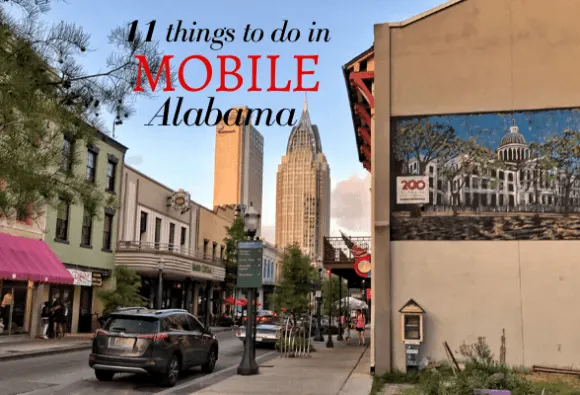
You may also enjoy this article about 11 cool things to do in Mobile Alabama, which we visited on the same road trip.
Kelly Ingram Park, Birmingham – sculptures from the civil rights movement
Just across the road from the 16th St Baptist church is the Kelly Ingram Park, which served as an assembly point for protests marches in the 1960s. The park is still used for community gatherings. Walk around to see sculptures that mark moments from the civil rights struggle.
At the park entrance is the Four Spirits sculpture by Birmingham born sculptor Elizabeth MacQueen. It captures the innocent playfulness of the four young girls who were killed in the bombing just across the road. Like many little girls, they sit daydreaming with a book, tying the bow of a dress, calling as if to say “come on, we’re going to be late!“.
The girls are watched over by a statue of Martin Luther King Jr. There are more moving sculptures that commemorate the protests as part of the Children’s Crusade of 1963. Using children as “foot soldiers” in the civil rights protests was a controversial but effective part of the movement.
The sculptures show how dogs were used to intimidate and water cannon were trained on the children, The force was so powerful they could lift them off their feet. It was this use of extreme force against both children and adults, that turned public opinion in the USA against the segregation laws.
Check out this Birmingham Civil Rights Tour to see the places I mention in this article

Need help to design your dream holiday? We’ve partnered with UK travel advisor Luxeco Holidays to create your personalised itinerary
Project C
Under “Project C” – C for Confrontation, children and teenagers were addressed by Martin Luther King and other leaders on how they should protest in a non-violent way. The strategy was that they would be arrested, thus attracting media attention, filling the jails.
This allowed their parents to avoid the risk of dismissal from jobs and further economic hardship. “I ain’t afraid of your jail” the children in the sculpture proclaim from behind the bars of the jail window.
Civil Rights Trail website | Kelly Ingram Park located 5th Avenue N & 16th Street, Birmingham, Alabama
Looking for places to eat in Birmingham? Taste the food of Alabama, 20 dishes you’ll want to try!
Birmingham Civil Rights institute – a museum dedicated to civil rights history
Another outstanding thing to see in Birmingham’s Civil Rights District, is the Birmingham Civil Rights Institute (BCRI). This museum and research organisation is dedicated to sharing the civil rights story in a way that promotes dialogue and reconciliation.
I was impressed by the dignified atmosphere of the institute, building on the non-violent protest of the 1960s. The atmosphere avoids seeking to blame, but rather to understand a common past and work together for a better future.
Walking up the steps to the institute, my attention was drawn to the pattern of coloured bricks, in different shades of yellow and brown. The intent is to represent the many different shades of skin colour that mingle in the city.
Be sure to check out: 20 fun things to do in Huntsville Alabama
My tour of the Birmingham Civil Rights museum began with a video presentation explaining the Civil Rights Movement. Afterwards the screen opened to reveal the exhibition showing the realities of segregation.
Two water fountains sit side by side, one for whites, another for coloured. A couple of teenagers enjoy a soda in a cafe while a black girl looks on enviously, knowing she is not allowed to join them there.
Segregation
On the buses, black customers had a section at the back, while whites rode at the front and schools were completely segregated. There was such an appetite for education from black college students that they were forced to study in shifts to accommodate the numbers.
Check out this tour to see the places I mention in this article
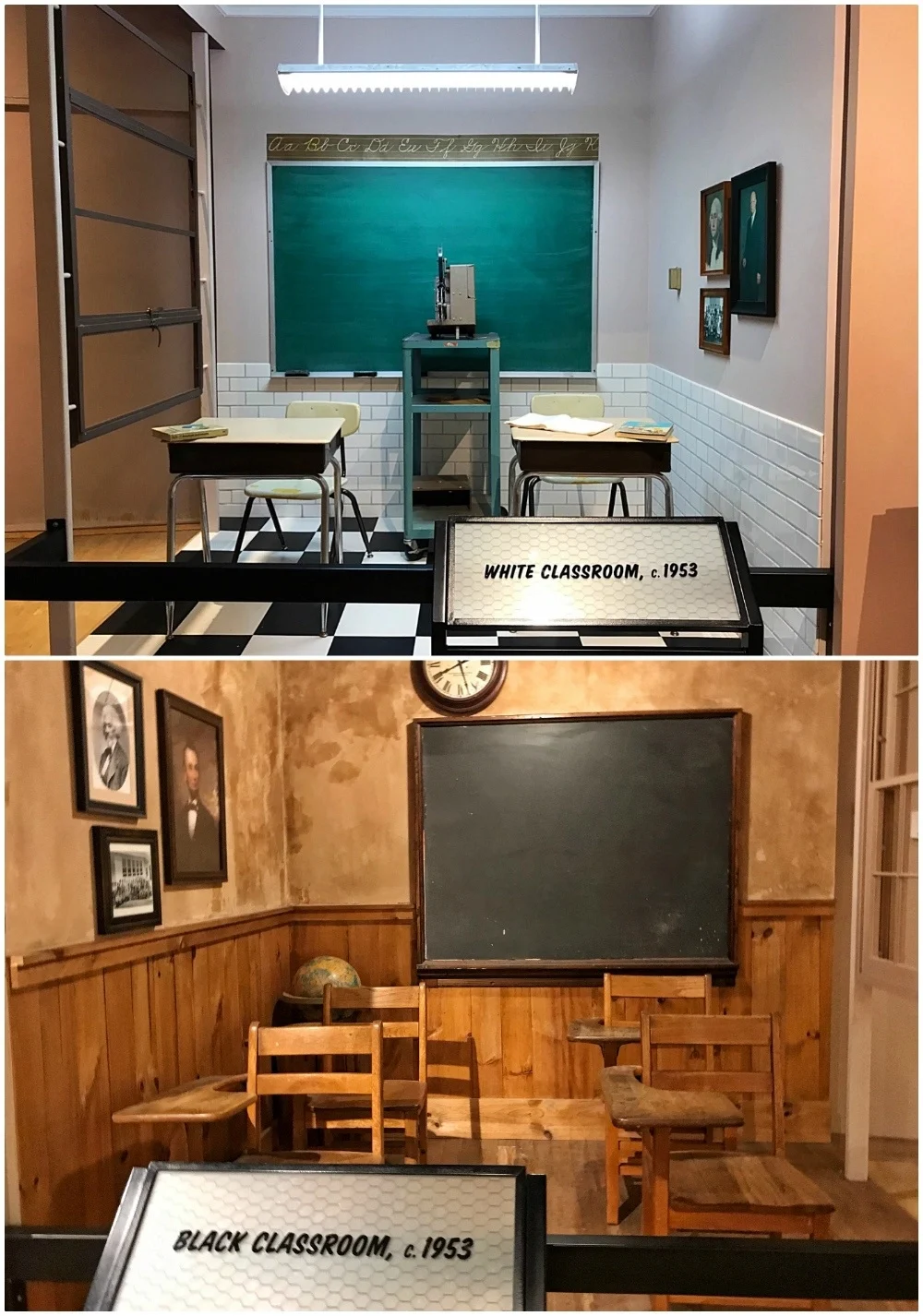
Even before the 16th St Baptist Church bombing, anyone who spoke out against segregation might face violent retaliation. With 50 racially motivated bombings from the late 1940s, the city had earned the name of “Bombingham”.
You may also enjoy: 50 things to do in Alabama – on my Road Trip USA
Campaigns like the bus boycott in Montgomery were sparked by Rosa Parks and other women, resulting in a legal suit that outlawed the segregated seating. I learned that this protest action was not a random event, but part of a sustained and orchestrated campaign. The participants, respectable women such as Rosa Parks, were carefully selected and supported in their actions.
The “Project C” protests were planned with a clear strategy. Leaders like Martin Luther King were jailed in Birmingham, gaining publicity as he wrote his “Letter from Birmingham jail.” In this he explained his philosophy of nonviolent direct action.
This Civil Rights Museum in Birmingham, Alabama tells an important part of the state and nation’s story and is definitely one you shouldn’t miss.
Birmingham Civil Rights Institute Website | Civil Rights Trail website | Adult ticket $15 | Tue-Sat 10am – 5pm
A.G. Gaston Motel
Just around the corner from the Birmingham Civil Rights Institute is the A.G. Gaston Motel, currently going through a multi-million dollar renovation. The motel was built in the 1950s by African American businessman A.G. Gaston, at a time when segregation was in full force throughout the southern states.
A.G. Gaston Motel was one of the few places that provided accommodation and a restaurant for African American travellers. During this era such travellers would rely on guides such as “The Green Book”, which told them where they would be welcome to stay and to dine.
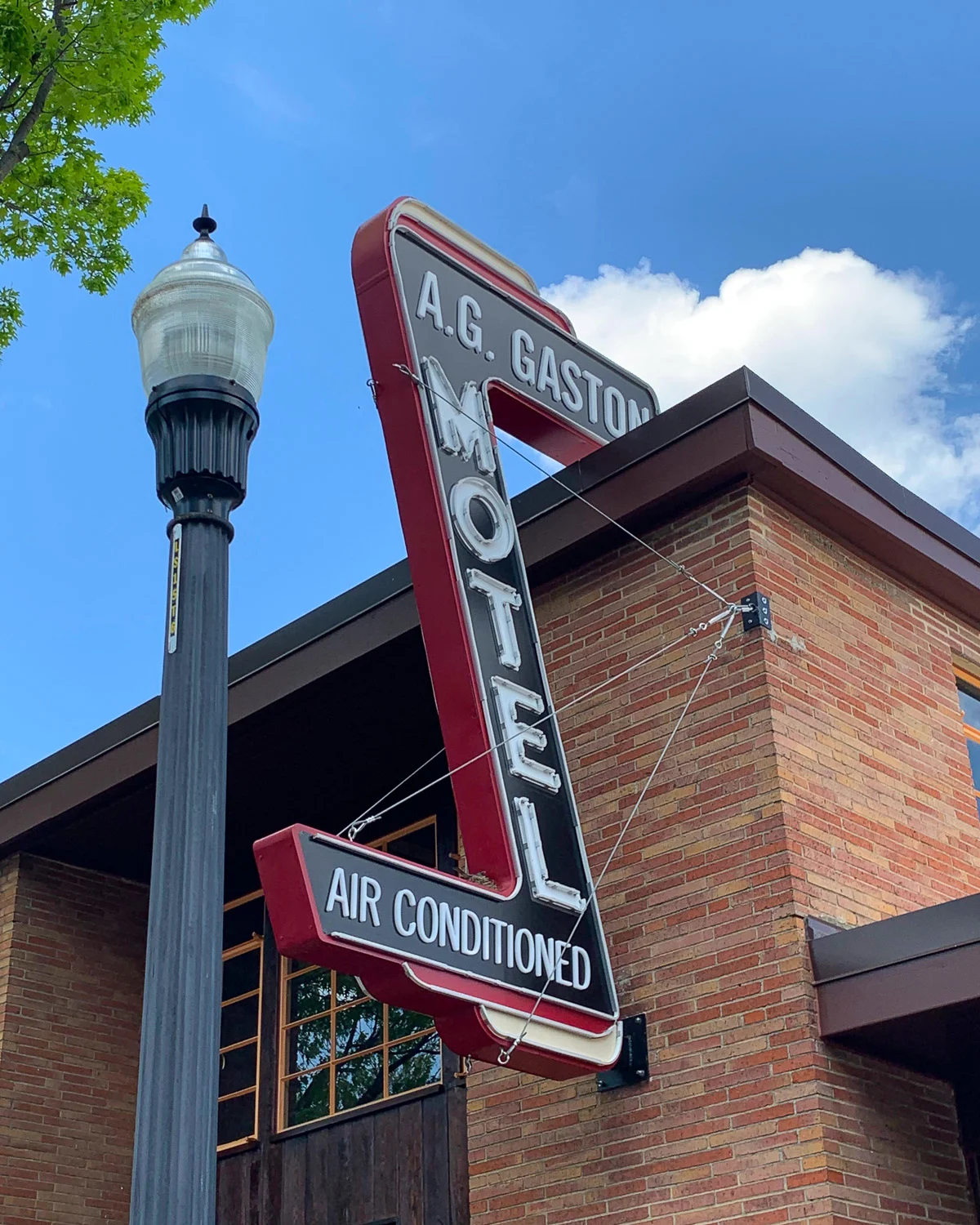
During the Civil Rights struggles of the 1960s, Room 30 at the A.G. Gaston Motel became the War Room for the “Project C” direct action. Planning was accomplished by leaders such as Dr Martin Luther King Jr and Rev Fred Shuttlesworth.
The motel had been in disrepair since the 1990s, but Phase 1 renovations are now complete. Its reopening is planned as an information centre and events space, with some of the rooms renovated to their original appearance.
Birmingham – Dynamite Hill, the front line for black and white residents
Around Birmingham there’s a civil rights trail with interpretive panels in key parts of the city. I took a short driving tour with Barry McNealy from the BCRI to learn about some other historic locations of the city.
Dynamite Hill is the nickname of a road in the Smithfield area in Birmingham. It formed the frontline between Black and White residents, since it was a neighbourhood divided by segregation.
One side of the road was designated a white neighbourhood, the other side designated for black owned homes. Once black residents started moving onto the white side of the road, they faced being targeted.
Petrol bombs were thrown at their doors and bullets aimed at their windows. Look out for the interpretive markers in neighbourhoods like these, that tell the story of Birmingham’s Civil Rights movement. More information about the consortium of historic sites in Birmingham on the BCRI website.
Historic Bethel Baptist Church in Birmingham
My final stop of Birmingham’s Civil Rights trail was the Historic Bethel Baptist church. I nearly missed it as I went by mistake to the modern Bethel Baptist church up the road. This newer church has replaced the original building as a place of worship.
I was greeted here by Dr Martha Bouyer who shared the story of the church and its pastor from 1953-1961 – the Rev. Fred Shuttlesworth, Rev. Shuttlesworth was one of the Birmingham leaders of the Civil Rights movement.
He served as chairman of the Alabama chapter of the National Association for the Advancement of Coloured People (AAACP). After this was outlawed within the state, he founded the Alabama Christian Movement for Human Rights (ACMHR) in 1956 to continue the work.
You may also enjoy: 20 top things to do in Birmingham Alabama USA
As a result of the activities, the church and parsonage were targeted by bombs on three occasions. One of these happened on Christmas night 1956, when a bomb demolished the parsonage beside the church.
Miraculously Rev Shuttlesworth and his family emerged unscathed, even though the house had been destroyed around them. Beside the church you can see the shape of the house where the parsonage once stood. This “ghost house” is now filled with a peaceful garden to remind passers by what once stood there.
Check out this Birmingham Civil Rights Tour to see the places I mention in this article
Even after moving to another church in Ohio, Rev Shuttlesworth frequently returned to Birmingham as one of the architects of the Civil Rights campaign there. In 1961, the church was also the Alabama centre for the Freedom Ride.
Freedom Riders
Freedom Riders were groups of black and white activists who rode together on the intercity buses in order to establish the legally established principle of non-segregation. 2021 marked the 60th anniversary of the Freedom Riders, and you can see a replica of the Freedom Riders bus at the Birmingham Civil Rights Institute.
It was privilege to hear these stories from Dr Martha Bouyer, to stand in the footsteps of such courageous Civil Rights leaders and to sign the visitor banner in the church. It’s certainly worth visiting some the historic Civil Rights monuments like this to hear the stories first hand.
Bethel Baptist Church website | Civil Rights trail website | Tours are available 10am – 3pm Mon, Wed, Fri and on Tuesday and Thursday by appointment.

Need help to design your dream holiday? We’ve partnered with UK travel advisor Luxeco Holidays to create your personalised itinerary
More information for visiting Birmingham on the Civil Rights Trail
You can find more information on the US Civil Rights Trail website and the Birmingham tourism website.
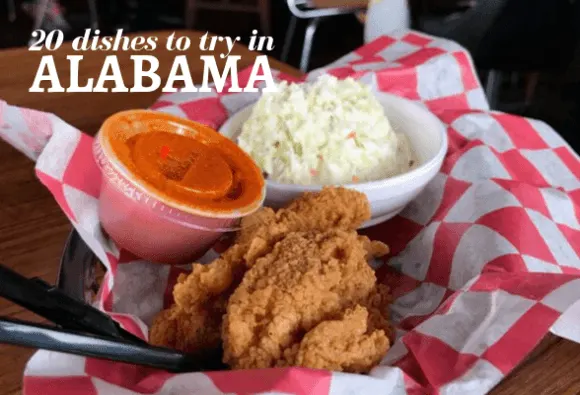
Read more about the Alabama food I tried, with 20 delicious dishes to make your mouth water!
Hotels in Birmingham – Hampton Inn and Suites Tutwiler Hotel
For the two nights I spent in Birmingham, I was in the grand and historic Hampton Inn and Suites Tutwiler Hotel, which is very centrally located in the Downtown area.
The Tutwiler Hotel opened in 1915 and was known as the Grande Dame of Southern Hotels. The great and the good of Birmingham enjoyed a hotel that reflected the city’s prosperity at that time. The style here is classic and I had a very elegant suite on one of the upper floors with classic wooden furniture and windows opening to the balcony.
Hampton Inn and Suites – Tutwiler Hotel Website | Address: 2021 Park Place, Birmingham | Check out more hotels in Birmingham
Visiting Selma – on the Civil Rights trail in Alabama USA
From Birmingham, I drove south to Selma, a small town that’s known as the starting point of the Selma March of 1965. Before my trip to Alabama I’d watched the film “Selma”, directed by Ava DuVernay and co-produced by Oprah Winfrey.
The film shows the Selma Marches through the eyes of Dr Martin Luther King Jr. It was released in 2015 to commemorate the 50th anniversary of the marches.
Much of the film was filmed on the Edmund Pettus Bridge in Selma, where the marches started. It has brought a steady stream of visitors to the town, who are inspired to see where the real life events of the march from Selma to Montgomery took place.
Selma Interpretive Centre
A good place to start your visit to Selma is the Interpretive Centre, on the street corner right opposite the Edmund Pettus Bridge. It marks the start of the Selma to Montgomery historic trail and acts as a tourist information centre. There are displays and audiovisual presentations about the campaign for voter rights in Selma.
Read more about my trip: 50 things to do in Alabama on a Road Trip USA
At the entrance I was struck by the display of a government official ready to fend off registrations to vote from Black citizens. We see this scene in the film, where Oprah Winfrey plays Annie Lee Cooper, a civil rights activist who tries to register.
A story I heard several times was that impossible and subjective questions were used to deter black registrants. For example “how many beans are there in the jar?” or “how many bubbles in a bar of soap?“
Selma & Dallas County Chamber | Civil Rights trail website | Selma to Montgomery Historic Trail
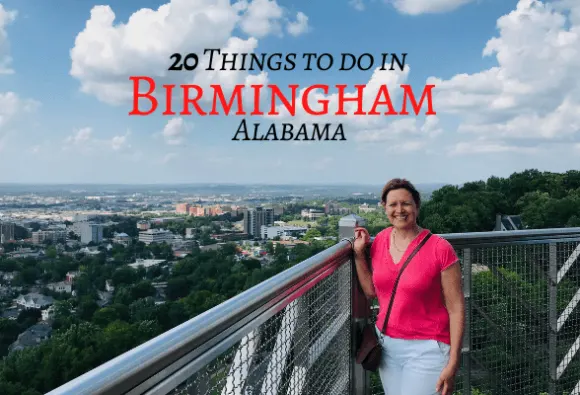
Read about the places I visited on this road trip – 20 things to do in Birmingham Alabama
Edmund Pettus Bridge, start of the Selma Marches
Just opposite the interpretive centre is the Edmund Pettus Bridge, built in 1940 to carry the main road from Selma to Montgomery. It replaced an earlier bridge on historic Water Avenue. The bridge receives a steady flow of visitors as the focus point of the Selma to Montgomery marches in 1965.
To give you some background, in March 1965 a march was organised in Selma by Civil Rights activist James Bevel. The goal was to bring a focus on the issue of black voter disenfranchisement. It was also a protest against the shooting of activist and deacon Jimmie Lee Jackson by a policeman, a month earlier.
You may also enjoy: Visit Muscle Shoals Alabama – for music history and more!
Starting at the Brown Chapel AME Church, the marchers crossed the bridge from the Selma side. They were violently driven back by state troopers with tear gas, clubs and police riders on horseback.
The event that came to be known as Bloody Sunday, was widely reported in world media and caused shock waves throughout the USA.
Two days later a second march took place, with Dr Martin Luther King Jr. among the leaders. Facing more state troopers, they turned back rather than face further confrontation and bloodshed.
Turnaround Tuesday
On that evening a white minister, James Reeb from Boston, who had joined the march, was beaten to death by a white mob. After the third march, a white woman, Viola Gregg Liuzzo was also shot and killed in her car, while giving a lift to fellow activists. This second march came to be known as Turnaround Tuesday.
The first two marches and the outcry they caused increased pressure on President Lyndon Johnson, who brought forward Civil Rights legislation. With the support of the courts and protection of the Alabama National Guard, the third march from Selma to Montgomery started on March 25th 1965.
You may also enjoy this article: Taste the food of Alabama, 20 dishes you’ll want to try!
Although the numbers were restricted at the start, thousands joined the three day march. An estimated 25,000 people gathered to present a petition at the steps of Montgomery’s State Capitol Building. Martin Luther King addressed the crowd in Montgomery with an eloquent speech – How Long, Not Long.
“I know you are asking today, How long will it take? I come to say to you this afternoon however difficult the moment, however frustrating the hour, it will not be long. How long? Not long, because “no lie can live forever.” How long? Not long, because “you shall reap what you sow.”
Selma & Dallas County Chamber | Civil Rights trail website | Selma to Montgomery Historic Trail
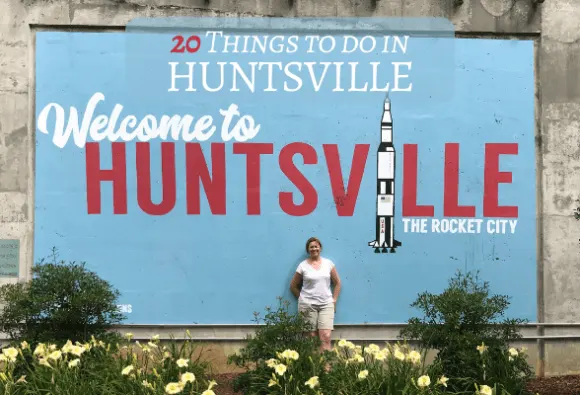
Read about the places I visited on this road trip – 20 fun things to do in Huntsville Alabama
Brown Chapel AME Church where the Selma Marches were planned
My final stop on the Civil Rights Trail in Selma, was the Brown Chapel African Methodist Episcopal (AME) Church. This is where the Selma marches were planned, and is now designated as a National Historic Landmark.
I was warmly welcomed at the church by Terri Barnes Smith whose family are longstanding church members. Terri told me of her memories of Bloody Sunday.
She ran to her grandmother’s house to watch mounted police chasing terrified protesters down the street. I’m sure there are many others locally who remember that day, or have heard first hand accounts from parents and grandparents.
On Bloody Sunday 600 protesters gathered at the church to start the march across the Edmund Pettus bridge. It was here that the injured were brought after the violent attacks with whips and clubs on the marchers.
Outside the church there’s an interpretive plaque to allow you to discover the church’s history from your smartphone. There’s also a memorial to Dr Martin Luther King Jr. and all those who worked for the civil rights cause.
The names of some of those who died in the struggle, such as James Beeb, Viola Gregg Liuzzo and Jimmy Lee Jackson are engraved on the memorial. You can visit the church for a tour by appointment or check if there is anyone available who can let you see inside outside worship hours.
Selma & Dallas County Chamber | Civil Rights trail website | Selma to Montgomery Historic Trail
Where to stay in Selma Alabama
I did not stay in Selma but there are a number of smaller hotels and also apartments for rental through Airbnb like the Woolworth Lofts. The historic St James Boutique Hotel is set by the river in the historic Water Avenue district. Check out more hotels in Selma.
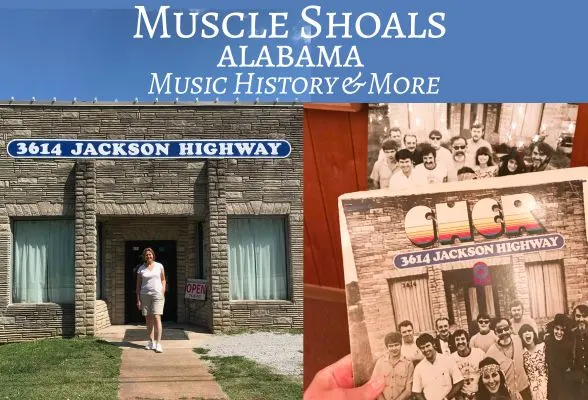
Read about the places I visited on this road trip – Visit Muscle Shoals Alabama, for music history and more!
Visiting Montgomery – on the Civil Rights trail in Alabama USA
My final stop on the Alabama Civil Rights trail was in Montgomery. It’s the scene of many civil rights campaigns like the Montgomery Bus Boycott . The Selma Marches ended here at the Alabama State Capitol building.
In the last few years, two important places have opened for the understanding of the movement. The National Memorial for Peace and Justice (also known as the Lynching Memorial) and The Legacy Museum.
Read more about my trip: 50 things to do in Alabama on a Road Trip USA
Dexter Avenue King Memorial Baptist Church in Montgomery
A close distance from the imposing Alabama State Capitol Building, with its powerful domes and towering columns, stands the modest red brick Dexter Avenue Baptist Church. Dr. Martin Luther King Jr. was Pastor here from 1954 to 1960.
As I was visiting on Sunday and the church service was underway. I wasn’t able to visit the church, but it is open for tours on other days. Although I didn’t take the 90 minute tour, it was highly recommended for the warmth of the welcome.
There’s an opportunity to visit Martin Luther King’s office and even stand in the pulpit where he preached. In the basement there’s a mural depicting the events of the Montgomery Bus Boycott that was planned here.
Looking for places to eat in Montgomery? Taste the food of Alabama, 20 dishes you’ll want to try!
Rosa Parks
In 1955 Rosa Parks was arrested for failing to surrender her seat on the bus to white person. Buses were segregated with whites at the front and blacks at the back, with whites always taking priority.
The bus boycott that followed in response was planned at the church, under the leadership of Martin Luther King. Since 3/4 of the bus users were black the boycott caused economic difficulties for the buses and the city. The black community walked, gave lifts and created car pools, despite strategies to outlaw this from the city government.
After a year of the bus boycott, bus segregation was ruled by the Supreme Court to be unlawful. Still, there was a violent backlash from white extremists in the city with shootings and bombing.
A short walk away, you can also visit the parsonage where Dr. King lived with his young family during the time he was pastor, which is now a museum. The house is furnished as it was during Dr. King’s residence and was bombed several times although no-one was hurt.
Dexter Avenue King Memorial Baptist Church | Parsonage Tours Fri & Sat 10am – 4pm, other days by appointment | Tours of the Church by appointment only
Montgomery State Capitol where the Selma March ended
Within plain sight of the Dexter Avenue King Memorial Baptist church stands the Alabama State Capitol Building. I imagine Martin Luther King must have gazed at this many times, wondering how things could change in this powerful seat of government.
It’s set on the high ground in Montgomery known as Goat Hill. Everything about the State Capitol building, with its dome, long flight of steps and Greek Revival columns, radiates an aura of power and authority.
The building was closed on the Sunday when I passed by. But, I was able to wander up the steps and walk right around the building to see the landscaped grounds. There’s an avenue of flags from all the US states and a copy of the Liberty Bell.
You can visit the building free of charge and visit the House of Representatives, Senate Chamber, Old Supreme Court Chamber and Library and the Rotunda. The painted ceiling of the Senate Chamber and the murals in the Rotunda depict scenes from Alabama history.
At the foot of the steps are information plaques about the Selma to Montgomery march that ended here. A reported 25,000 people both black and white gathered to hear Martin Luther King speak.
Following the speech Dr King and the marchers approached the building to deliver a petition to Governor George Wallace but their way was barred, although the petition was finally delivered to one of his secretaries.
Alabama State Capitol Building website | Free admission | Open Mon-Fri 8am – 4pm
National Memorial for Peace and Justice in Montgomery
If there was one place on the US Civil Rights Trail that stood out for me, it was the National Memorial for Peace and Justice in Montgomery (also known as the Lynching memorial), created by architects MASS Design Group, which opened in 2018.
This memorial to the victims of lynching in the American South left me feeling inspired but emotional, with its thought provoking use of space, shape and symbolism. On the way out there were many other visitors with a tear in their eye.
I didn’t see any graphic imagery, so this is an ideal and indeed important place to visit with children, that will provoke conversations and create understanding around a difficult topic.
There are some in Alabama who might wish not to bring up the horror of past events, to “let sleeping dogs lie” or even pretend that they did not happen. But the memorial encourages us to confront the stark reality of past injustice and remind us that, with ongoing economic inequality of black and white, there is still much work to do.
Garden of Reflection
At the entrance of the memorial is a beautiful garden of reflection, which is a quiet place to stop after your visit and reflect on what you have seen. On the path that winds through the memorial, we are greeted first by a sculpture by Kwame Akoto-Bamfo of a group of slaves, crying out for help, yet trying to maintain their dignity.
It’s a reminder that there’s a continuum of injustice that began with slavery, through racial terrorism in the lynchings up until the 1950s, taking us to the present day when the everyday lives of black and white citizens in parts of Alabama seem to run along parallel tracks.
Each pillar represents a lynching
On the grassy rise sits the memorial square, with pillars of corroded steel that hang from the ceiling, each one representing the lynching victims of a county within the USA and engraved with their names. There are over 800 columns and they represent the 4400 documented lynchings of black people between 1877 and the 1950s, which were mainly in the Southern US states, probably with many more undocumented.
As you walk among the columns, reading the names and taking in what they represent, the floor slopes downwards until the columns rise above your head, hanging as if to symbolise victims who were strung up by the angry mob.
Read the details of lynchings
At eye level you may read some of the details of the lynchings that are remembered here. How petty their “crimes” seem, yet they paid with their lives.
“Seven black people were lynched near Screamer, Alabama in 1888 for drinking from a white man’s well”
“Henry Smith 17 was lynched in Paris, Texas in 1893 before a mob of 10,000 people”
“Caleb Gadley was lynched in Bowling Green, Kentucky in 1894 for walking behind the wife of his white employer”
“After an overcoat went missing from a hotel in Tifton, Georgia in 1900, two men were lynched, whipped to death while being interrogated in the woods”
Water and soil
Along one side of the memorial there’s a curtain of water to commemorate the thousands of lynching victims whose names are unknown, and a collection of soil from lynching sites that the community can add to.
I think I had imagined that lynchings were isolated incidents, the result of angry mobs who lost control. The memorial made me realise that these lynchings by hanging, burning, beating, shooting and drowning were a form of institutionalised violence, often planned and carried out openly in public and condoned by the authorities.
The racially motivated lynchings were a terrorism designed to instill fear in the black community, their objective to maintain the supremacy of white over black in everyday life.
Memorial Square
As if to emphasise this point, the Memorial Square within the central space is plain, green and devoid of colour. It represents the many public spaces where people gathered, sometimes in their hundreds and thousands, to watch and cheer on the lynchings and to give their support to what was happening beyond the rule of law.
A call to confront the past
There’s a challenge as you emerge from the section of hanging pillars, where duplicates of the columns lie in rows like coffins. These pillars are waiting to be claimed by each county where lynchings took place, to find an appropriate spot to place them and create their own lynching memorial. The memorial calls us to confront the unpalatable past and use it as a catalyst for a better future.
Sculptures depict the struggle for equality
Walking down the path from the Memorial square there are further sculptures about the struggle for racial equality. The Rise Up figures by Hank Willis Thomas with arms stretched up as if surrendering to the viewer, represent the racial bias that continues to exist within the legislative system.
The Guided by Justice sculpture by Dana King shows three women of different ages and is dedicated to all the women who sustained the Montgomery bus boycott, walking every day in all weathers.
This National Memorial is one that I urge you to visit. It was one of the stand-out places from my trip to Alabama, and one that I found impossible to visit and come away unmoved.
National Memorial Museum Website | Open Wed-Sun 9am – 6pm | Entrance $5 | Location: The memorial is a little way from the downtown area, but walkable at 417 Caroline Street, Montgomery
The Legacy Museum, Montgomery
The partner to the Lynching Memorial is The Legacy Museum in Montgomery, which is located in a warehouse that was once used to imprison slaves before their sale in the market. Where the Memorial is understated and calm, this Civil Rights Museum in Montgomery is much more challenging, using images, video and a range of audiovisual presentations to put across its message.
It covers the legacy of slavery, which evolved after emancipation into suppression and racial terrorism and continues today with inequality of economic opportunity and unequal treatment in the judicial system.
No photography is allowed inside the museum which I respected and understood after I had visited, since the topics are so serious. As you walk into the main museum area, the images of slaves call to you, speaking of their agony at separation from loved ones who they might never see again. The stories and information about lynching that I’d seen at the memorial were echoed again here, with jars of soil taken from lynching sites, each with the name of the victim.
Through videos, prisoners tell their stories of how they came to be there, shining a light on prejudice within the criminal justice system and unequal treatment for black and white citizens. The Museum creates a powerful argument and leaves visitors with an anger at ongoing injustice baked into society that needs to be addressed.
The Legacy Museum website | Open Wed-Sun 9am-6pm | Entrance $5 | Address: 115 Coosa Street, Montgomery
Montgomery – other Civil Rights locations
As my time was limited I didn’t get to see all the places on the Civil Rights trail in Montgomery. Some other places worth visiting are;
Rosa Parks Museum – located at the site of Rosa Park’s arrest that sparked the bus boycott, with information about the historical events and a restored bus.
Freedom Riders Museum – set in a former bus station, this is at the site where the Freedom Riders were attacked when they tried to challenge the practice of segregated travel on interstate buses.
Take a look at other Civil Rights locations in Montgomery on the Civil Rights Trail website.

Need help to design your dream holiday? We’ve partnered with UK travel advisor Luxeco Holidays to create your personalised itinerary
Where to stay in Montgomery – the Fitzgerald Museum Apartments
While in Montgomery I stayed in one of the apartments at the Scott and Zelda Fitzgerald Museum. Mine was the Zelda Suite, with a portrait of Zelda Fitzgerald hanging over the mantelpiece, reproductions of her beautiful paintings and her framed letters to her husband Scott.
The apartment is spacious and comfortable, and is decorated in the style of the 1930s when the couple lived there. There are two bedrooms, a living room, bathroom and kitchen, all with a delightfully retro feel, as if you are visiting the home of your rather stylish grandmother.
The Scott and Zelda Fitzgerald Museum | Hours Thu-Sun 10am-3pm | Admission $5
Book the Zelda Fitzgerald Suite | Address: 919 Felder Avenue, Montgomery | Check out more hotels in Montgomery
Visiting Mobile – on the Civil Rights trail in Alabama USA
Explore Africatown and the Slave Ship Clotilda
The wreckage of the slave ship Clotilda was discovered in the coast of Mobile in 2018 and many artefacts have been uncovered from the underwater site. The Clotilda was the last known ship to import African captives into the United States in the 1860s, 50 years after slavery had been outlawed.
To destroy all evidence of this illegal practice, the ship was burned and sunk in Mobile River. After emancipation the descendents of these slaves founded a community at Plateau close to Mobile that became known as Africatown.

A new museum called Africatown Heritage House is under construction and planned to open in 2021, to tell the story of the schooner Clotilda and the community that was founded here. Water tours are also planned along the Mobile River to bring to life the wreck that lies below the water and the story of Clotilda and the enslaved people she brought to Alabama.
More information for Visiting Alabama
Plan your visit to Alabama on the Alabama Tourism website
You can also get more information on the regional tourism websites for Birmingham, Selma and Montgomery.
Book your trip to Alabama USA
Plan your visit to Florence and Muscle Shoals on the Alabama Tourism website. Book your trip with America as you like it who offer bespoke self guided tours of Alabama and the USA like this Alabama Civil Rights Trail trip. For more information contact 020 8742 8299, [email protected] or visit www.americaasyoulikeit.com.
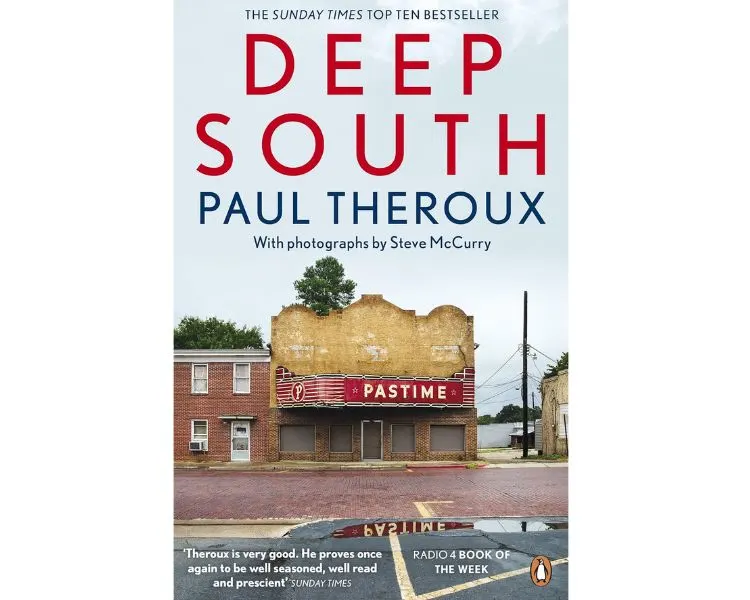
Recommended reading for your Alabama road trip: Read Deep South: Four Seasons on Back Roads by Paul Theroux to soak up the atmosphere of the Deep South
Looking for an interesting read for your Alabama trip? Check out Paul Theroux Deep South: Four Seasons on Back Roads
Hotels in Alabama: You can check prices and book for a range of hotels in Alabama here.
Getting to Alabama: It’s easy to fly direct from the UK to the USA via nearby airports such as Atlanta or New Orleans or you can connect via numerous US airport hubs and then flying on to regional airports such as Huntsville, Birmingham, Montgomery or Pensacola.
Read Next
Discover all the things to do in Mobile Alabama USA, with Creole influences, wrought iron balconies and popular Carnival celebrations.
More articles from my Alabama trip
50 things to do in Alabama USA
20 things to do in Birmingham Alabama
20 fun things to do in Huntsville Alabama
Taste the food of Alabama USA – 20 dishes you’ll want to try!
Visit Muscle Shoals Alabama – for music history and more!
Map of Alabama
You can use this map of Alabama that I’ve made to easily find all the places mentioned in my article
Pin it
This article was sponsored* by Alabama Travel and America as you like it who provided the experiences mentioned while I was in Alabama.
* More info on my policies page
This article is originally published at Heatheronhertravels.com


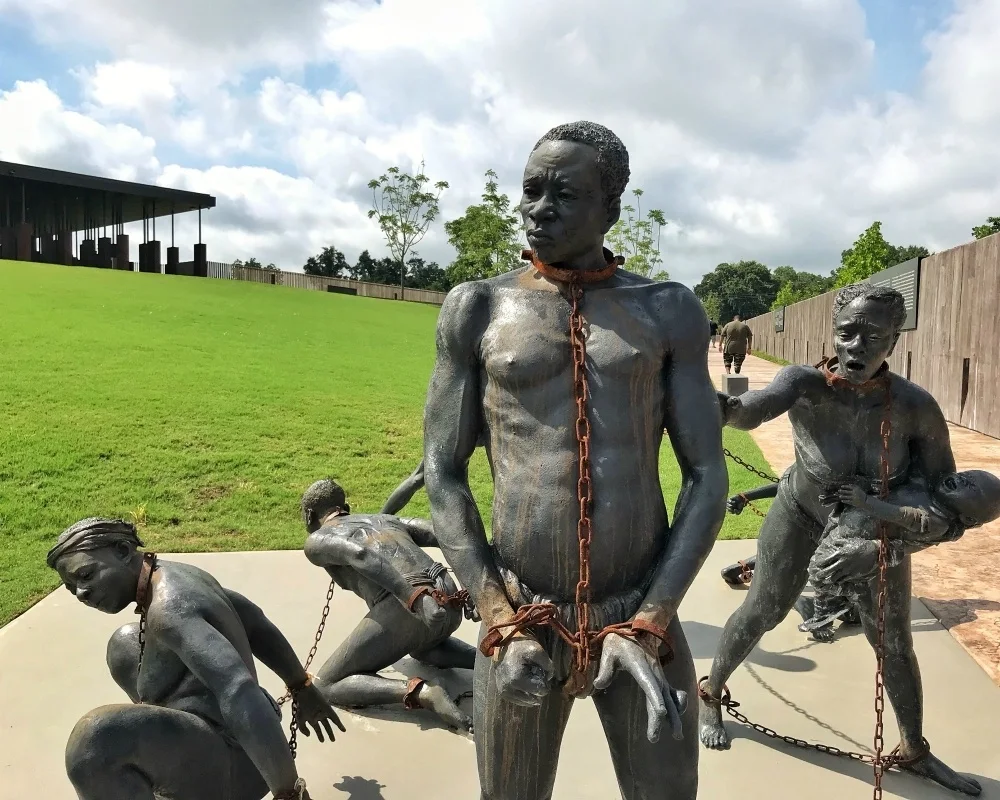
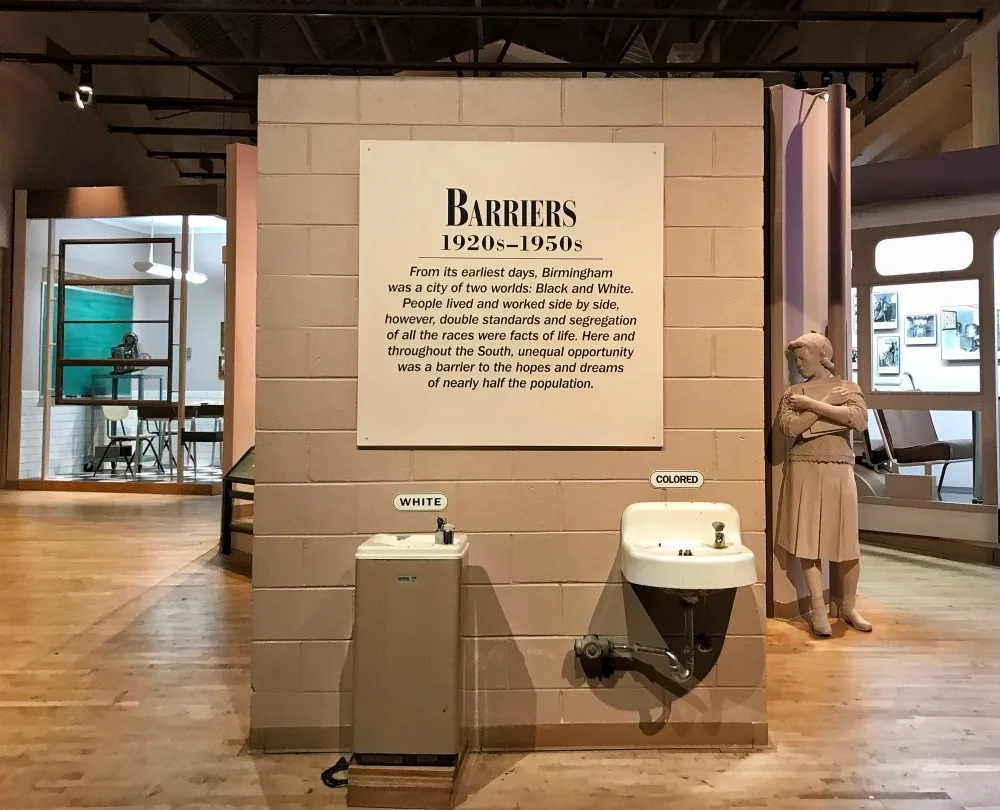
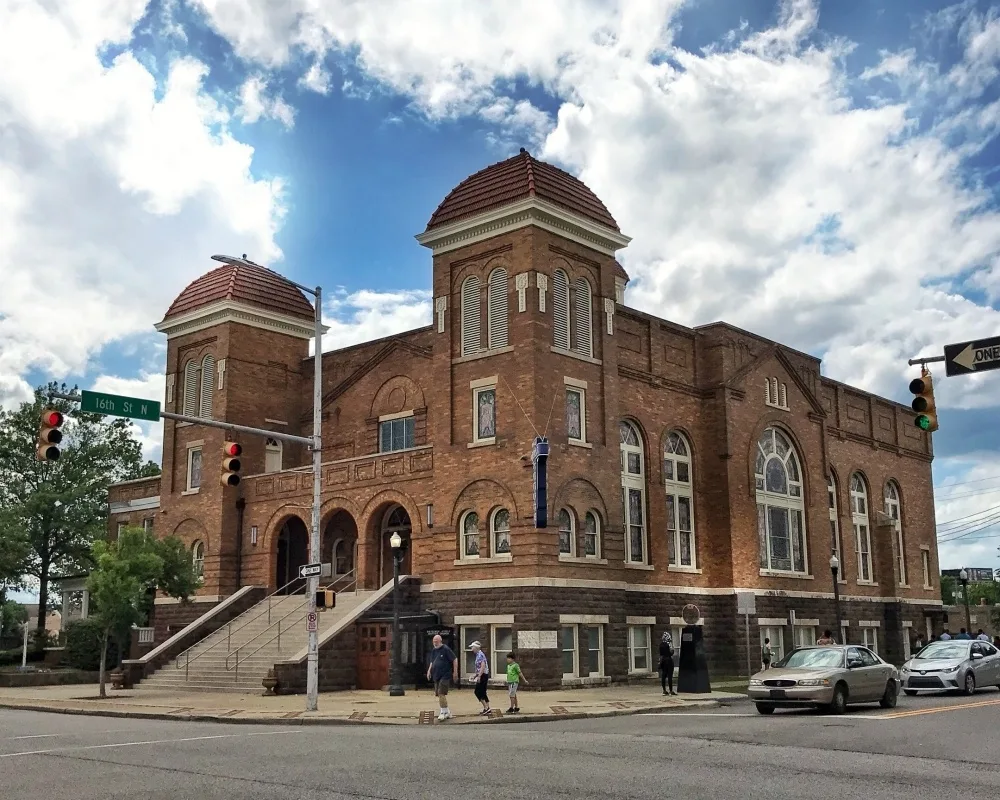
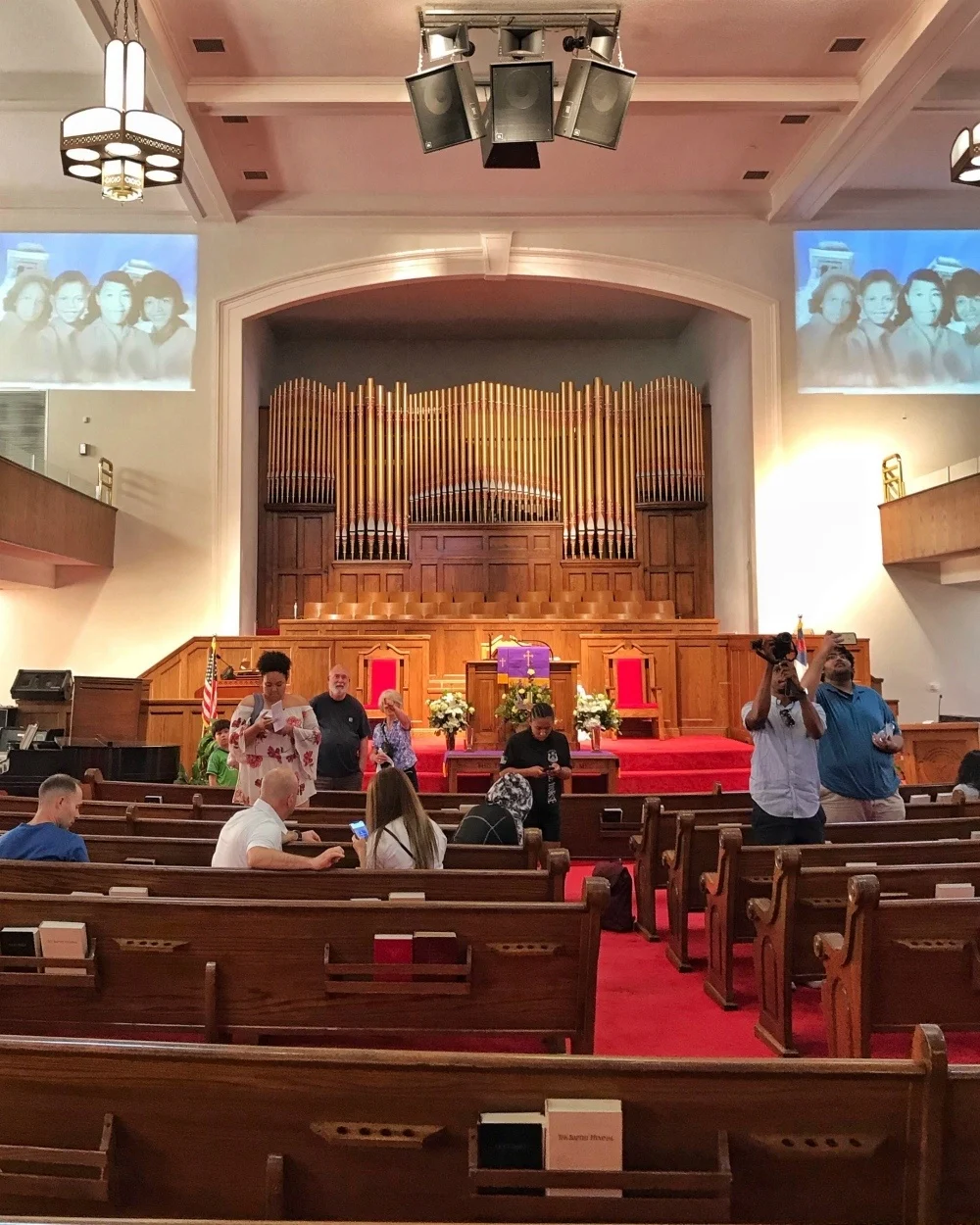
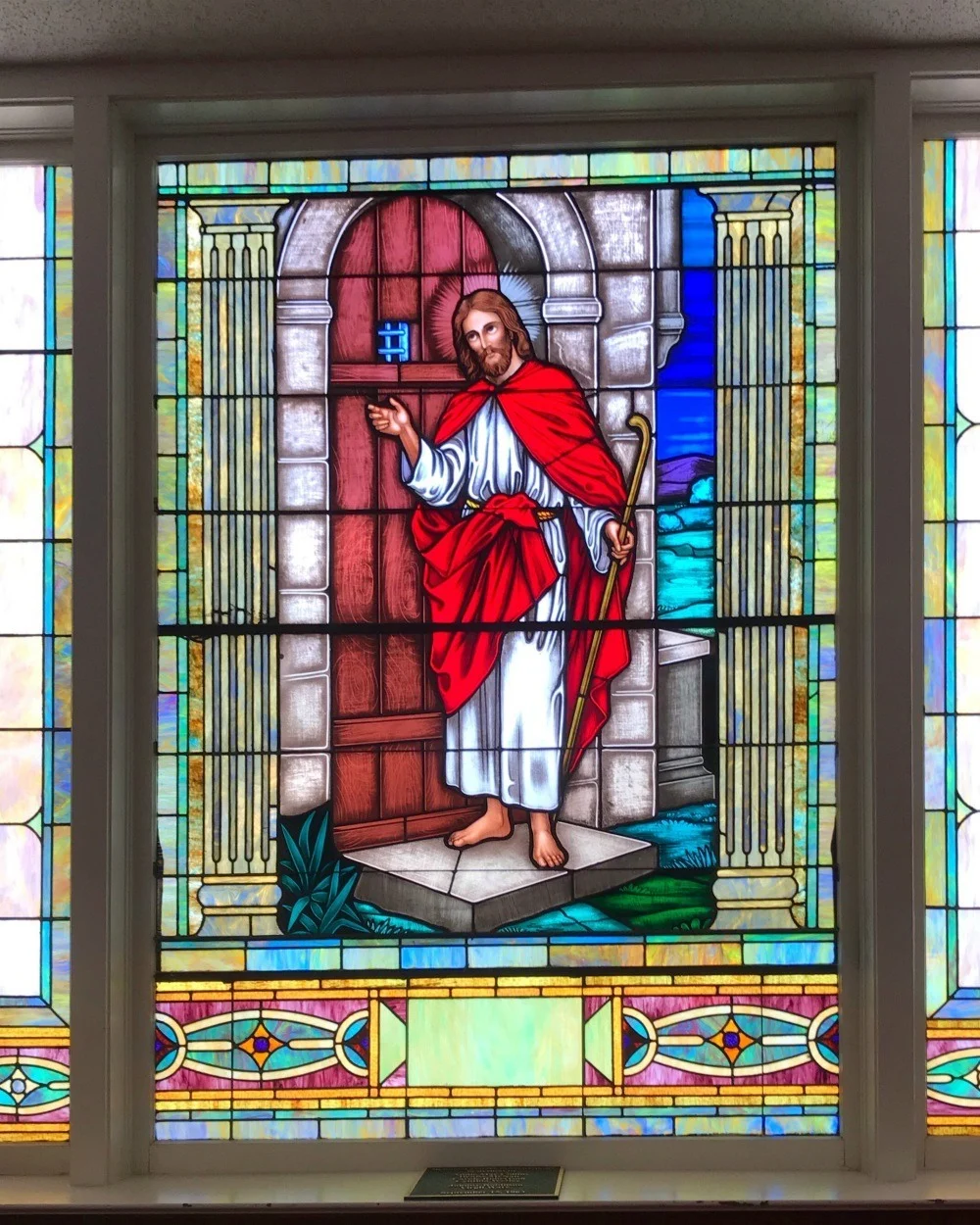
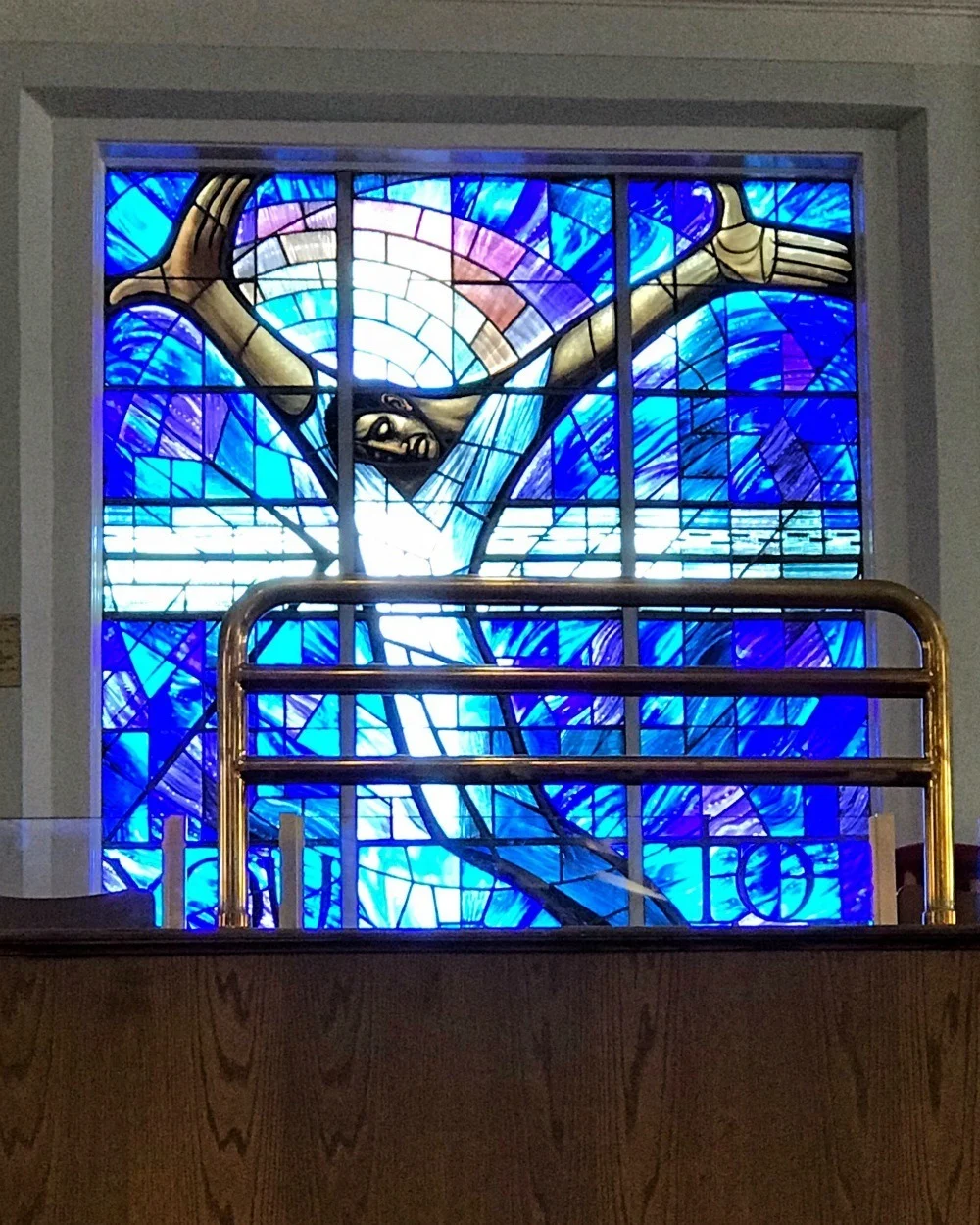
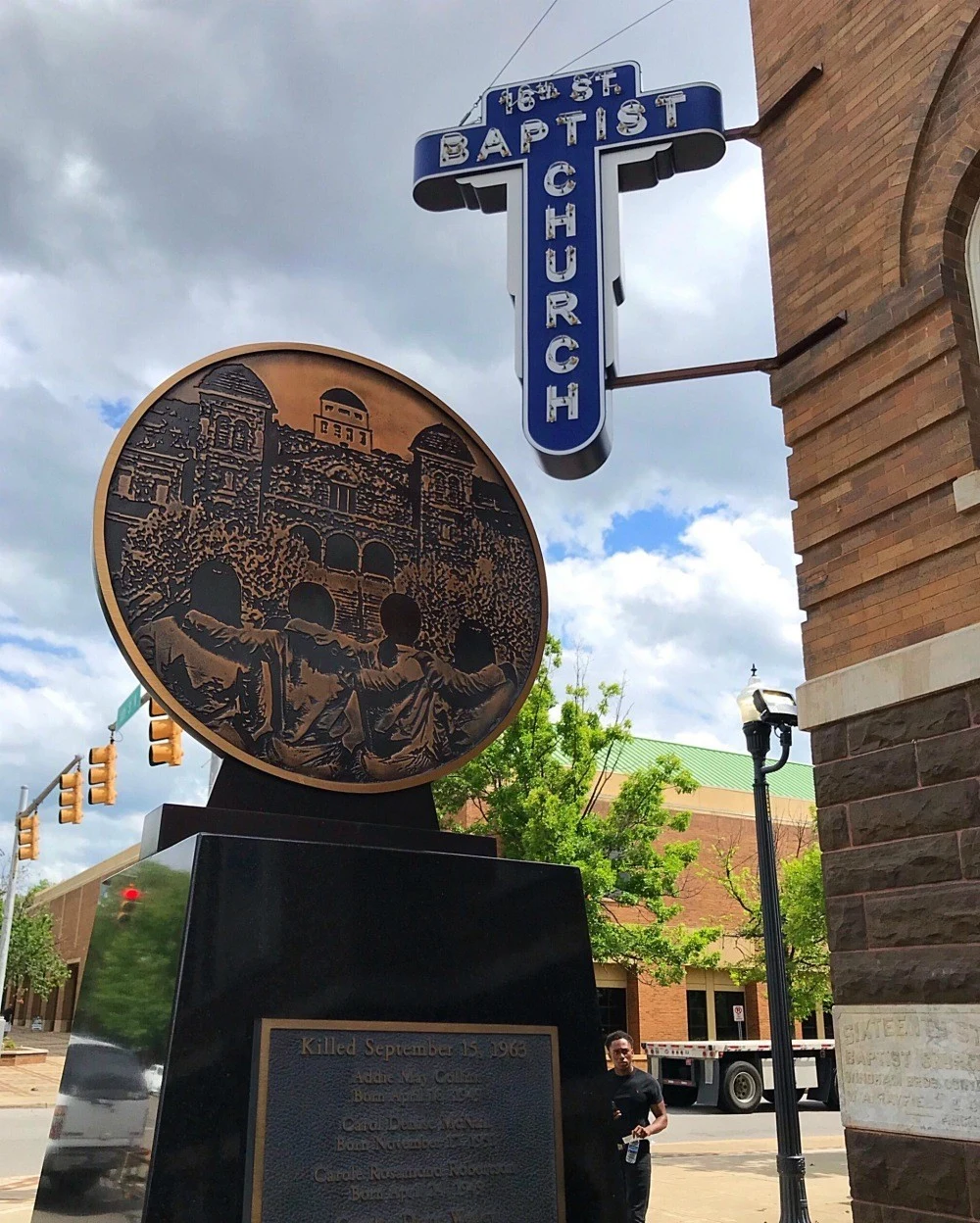
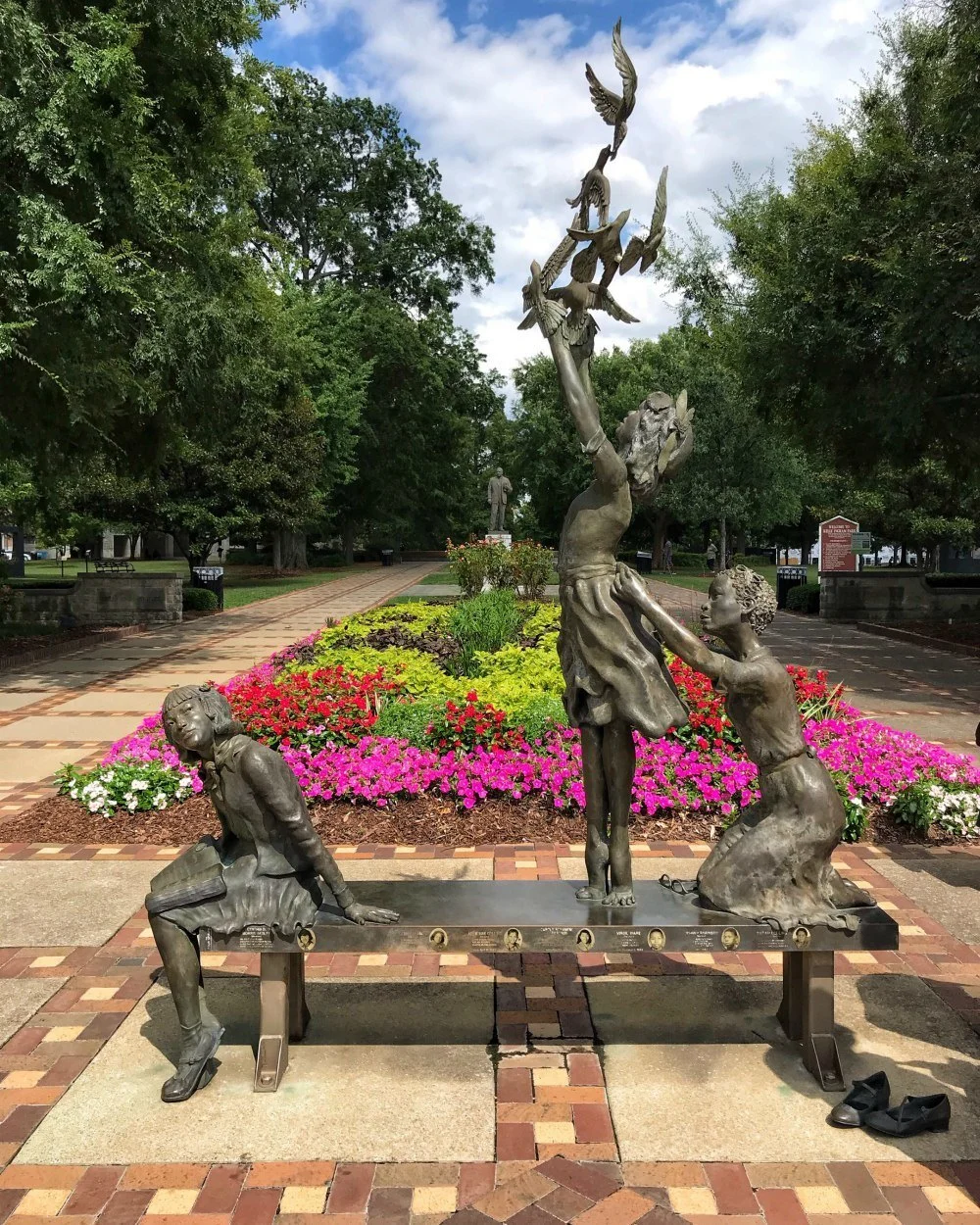
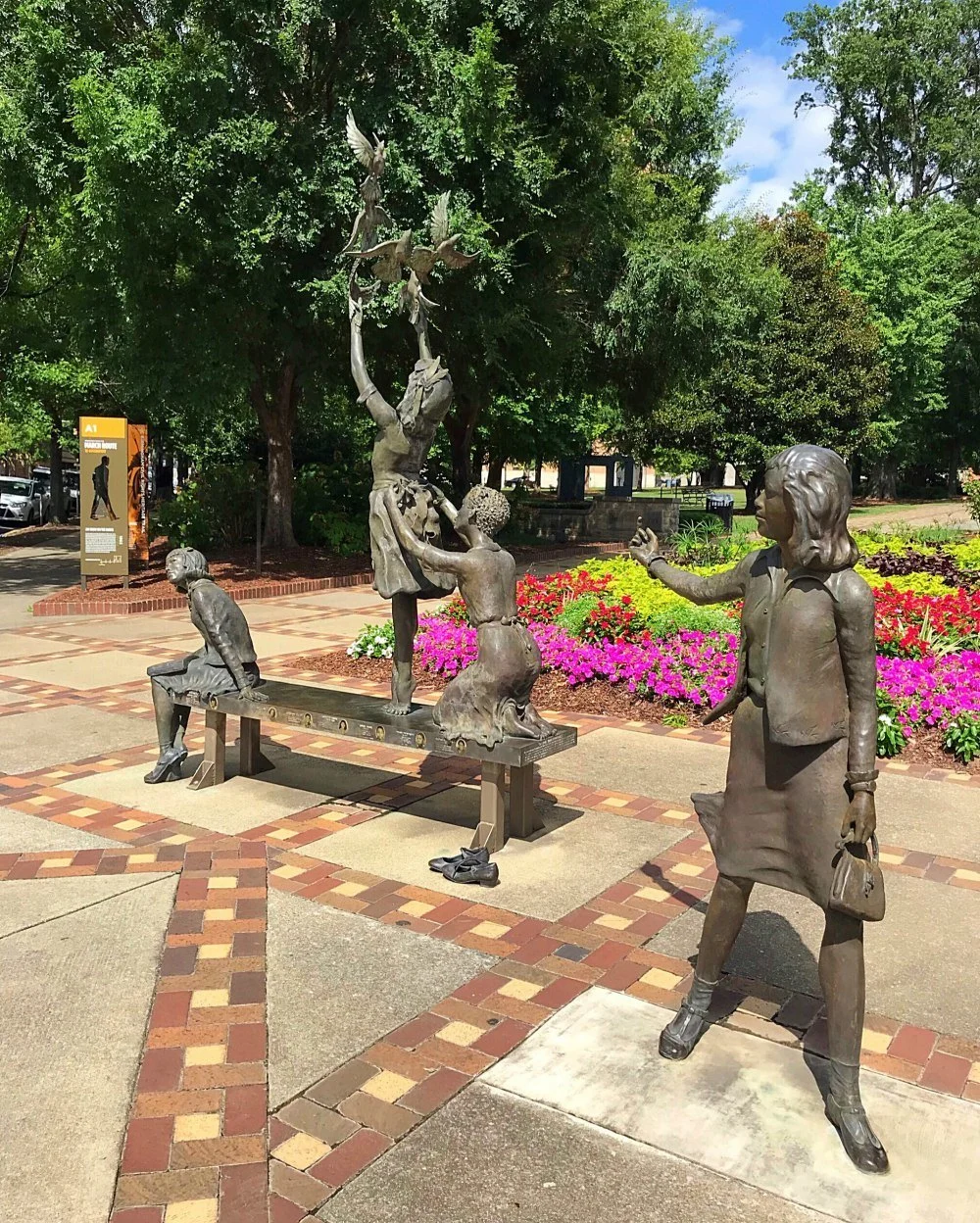
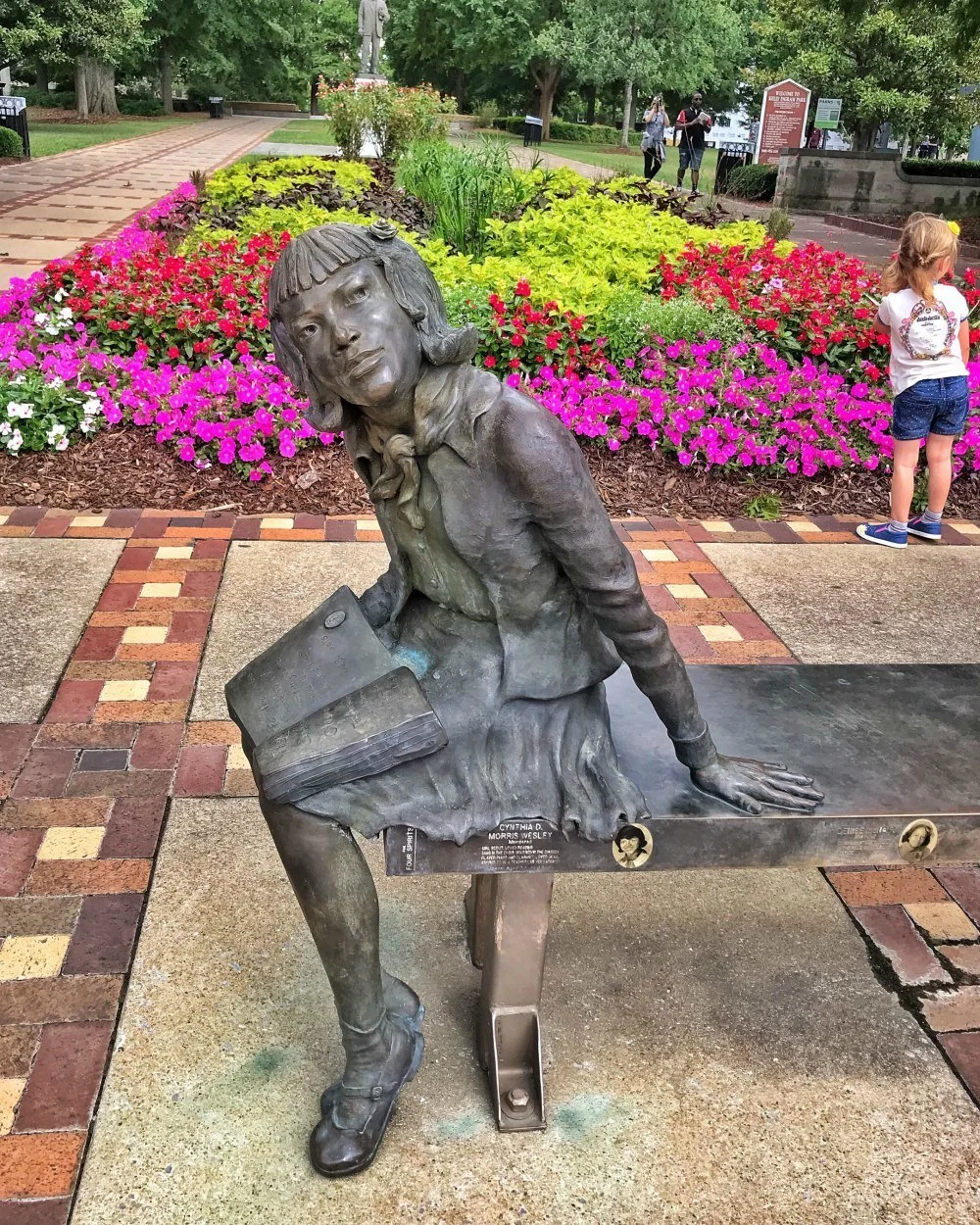
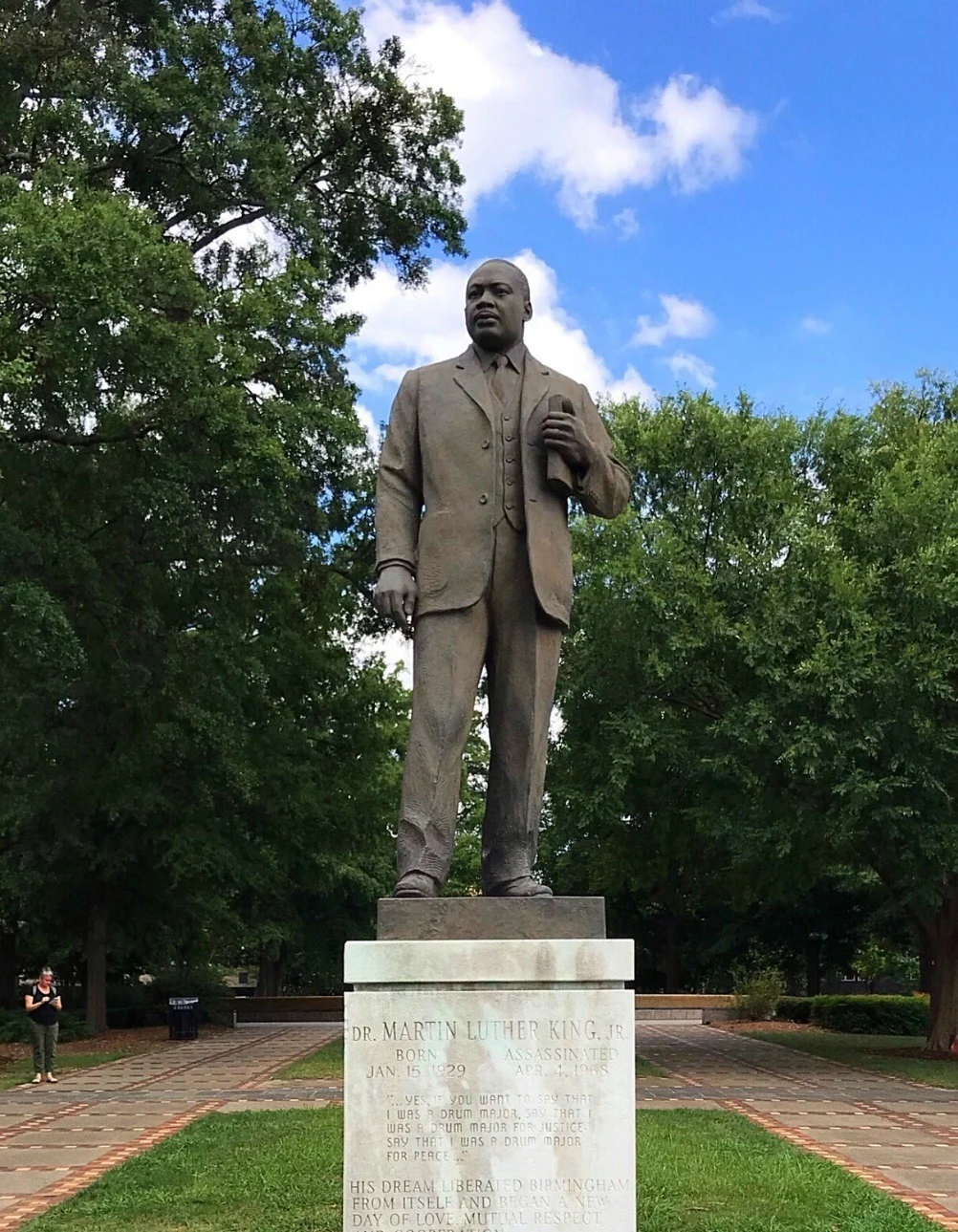
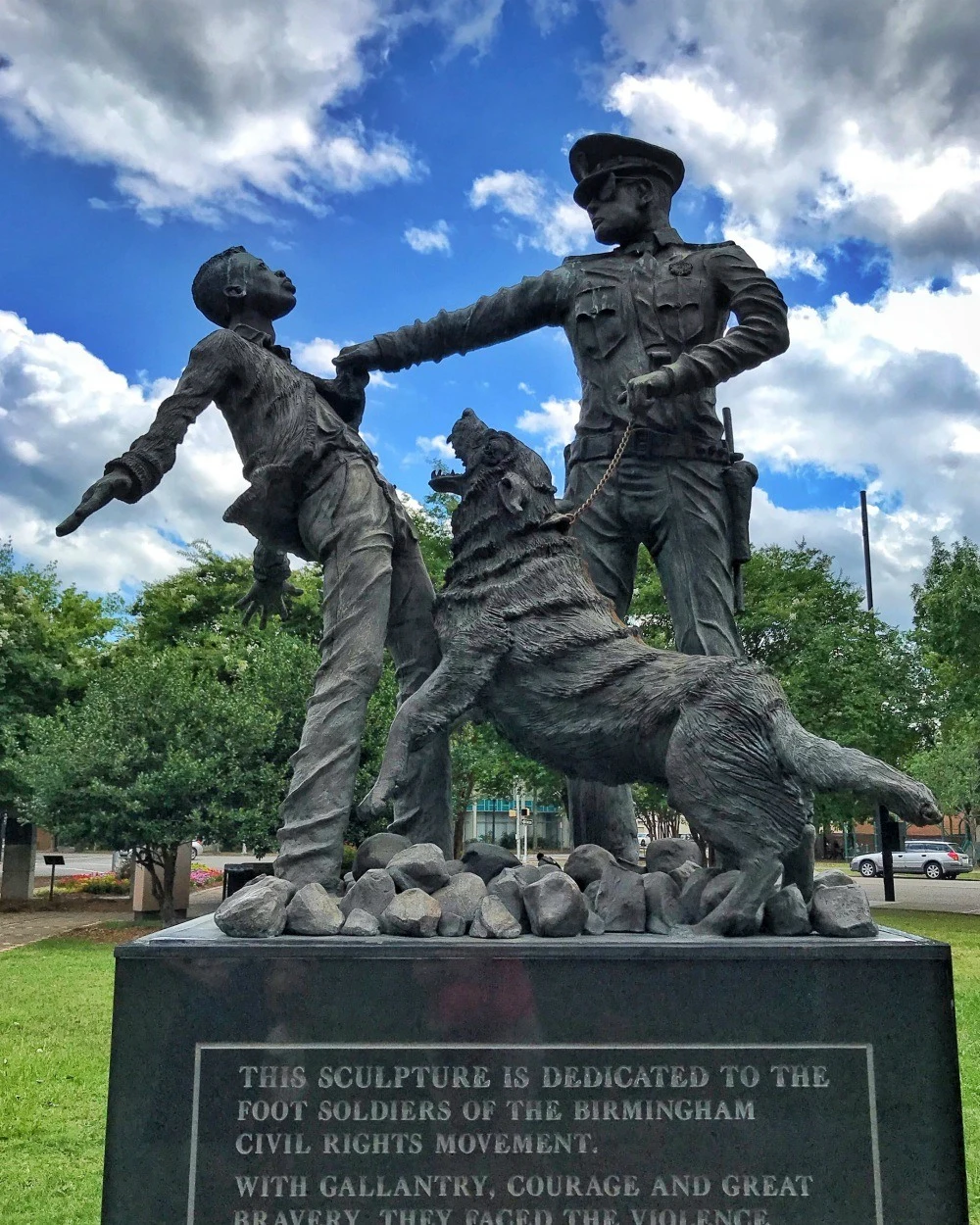
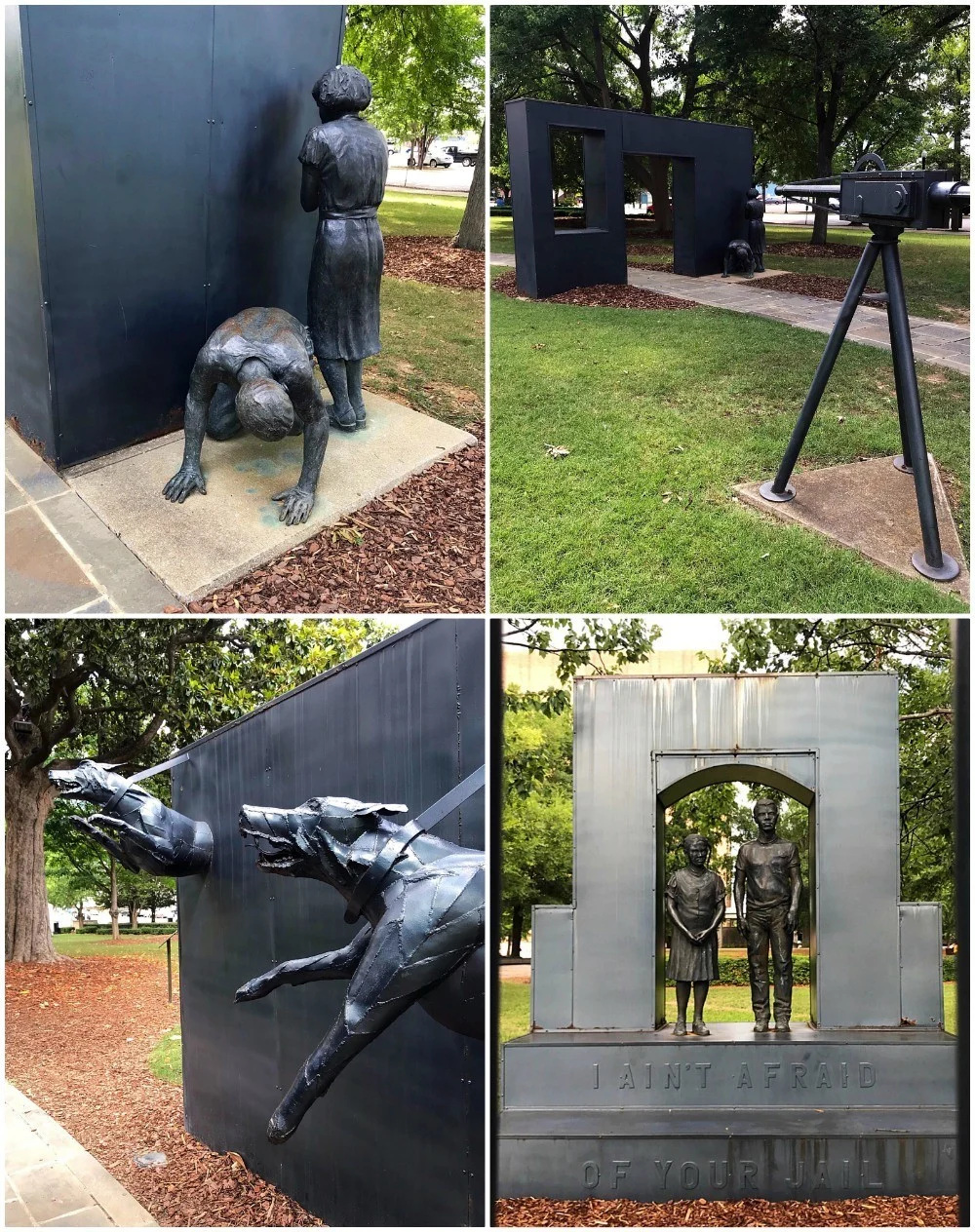
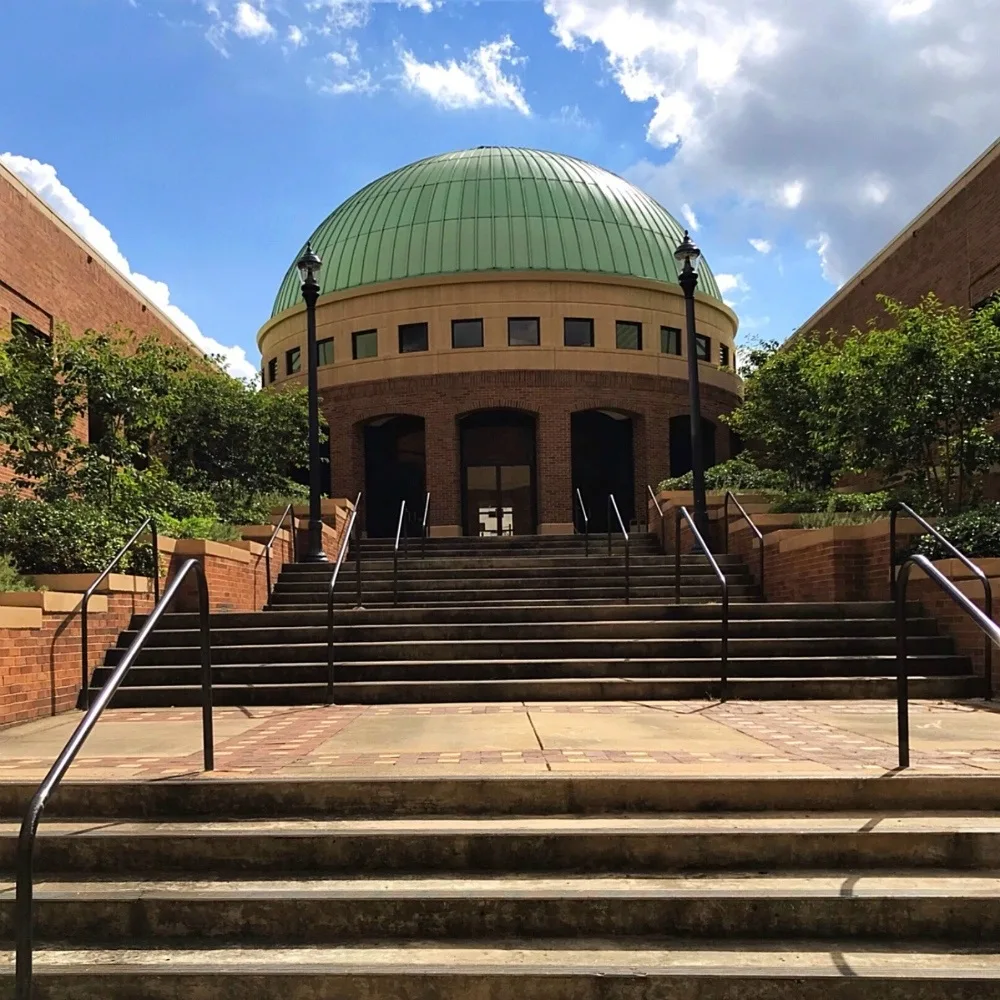
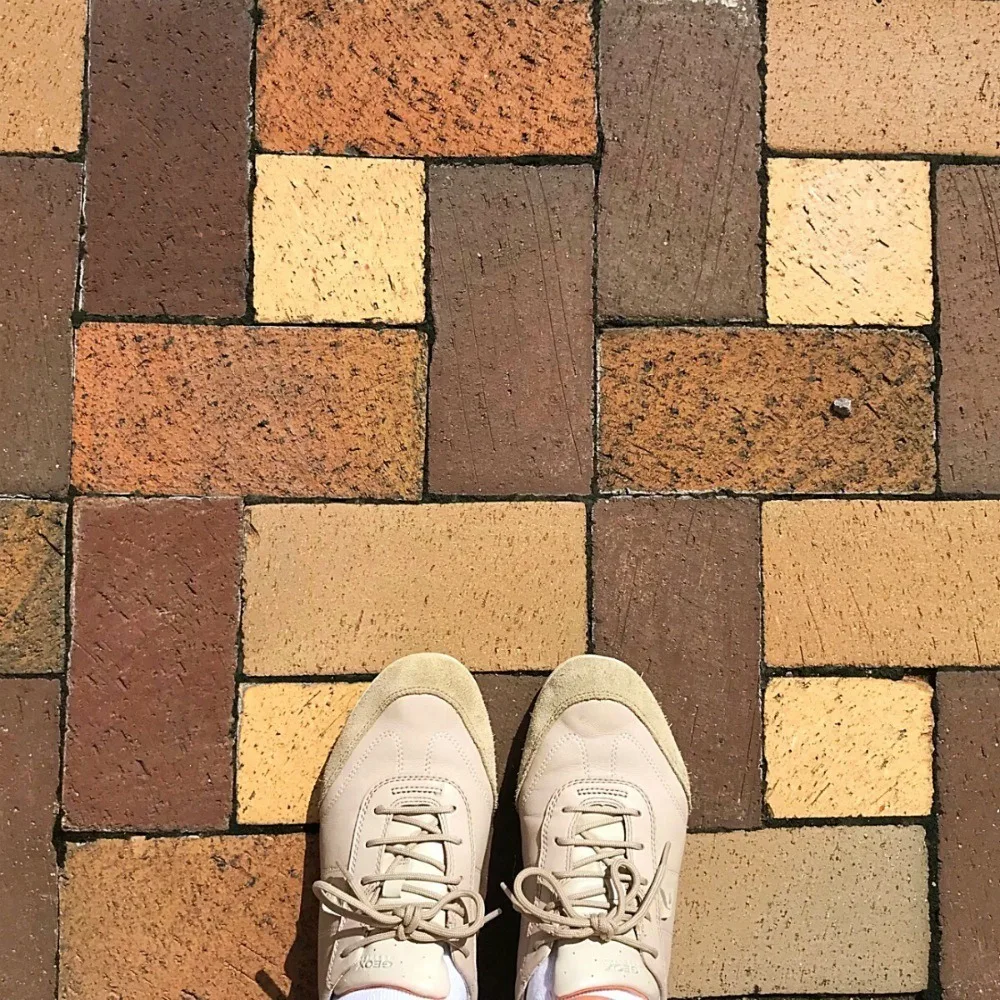
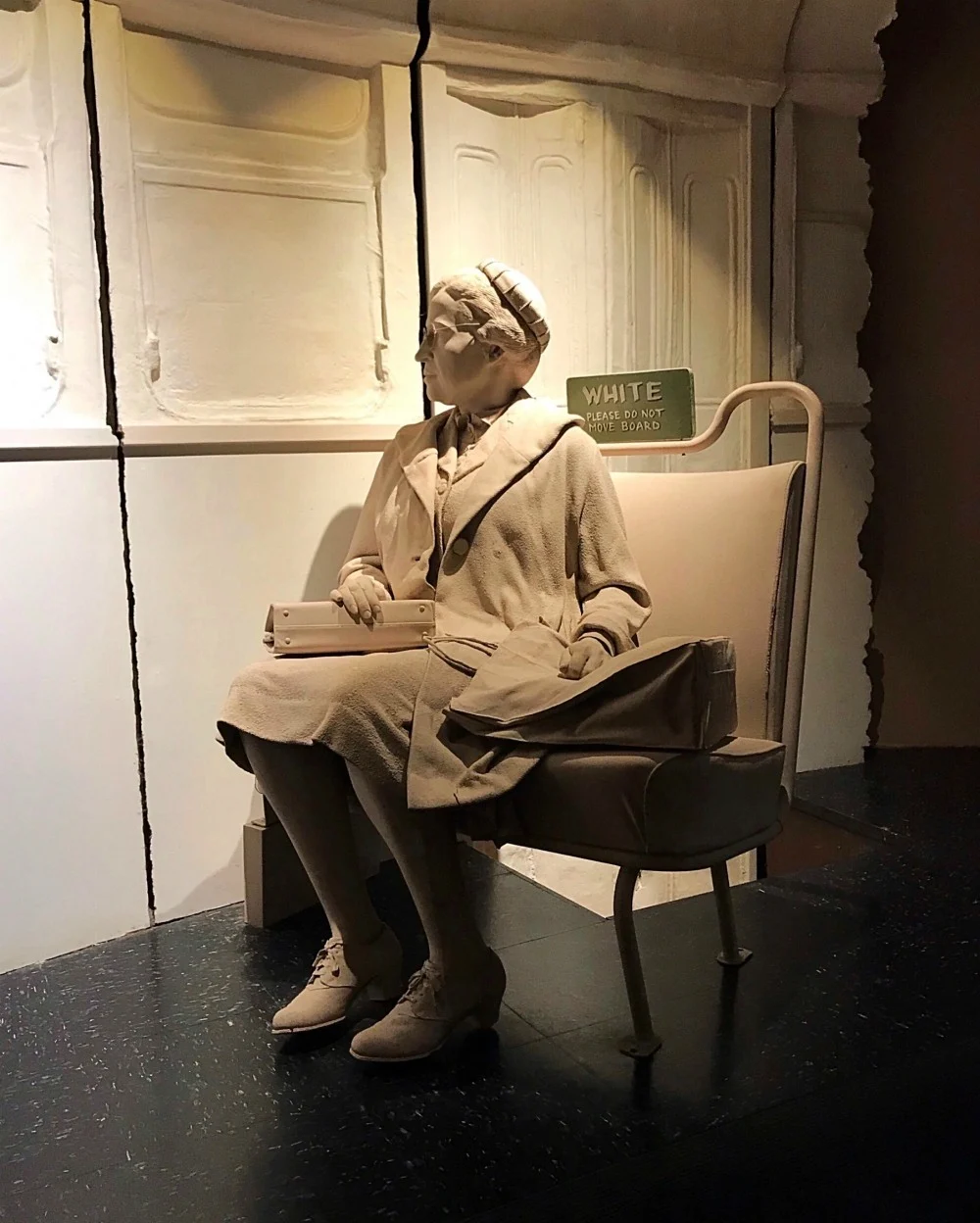
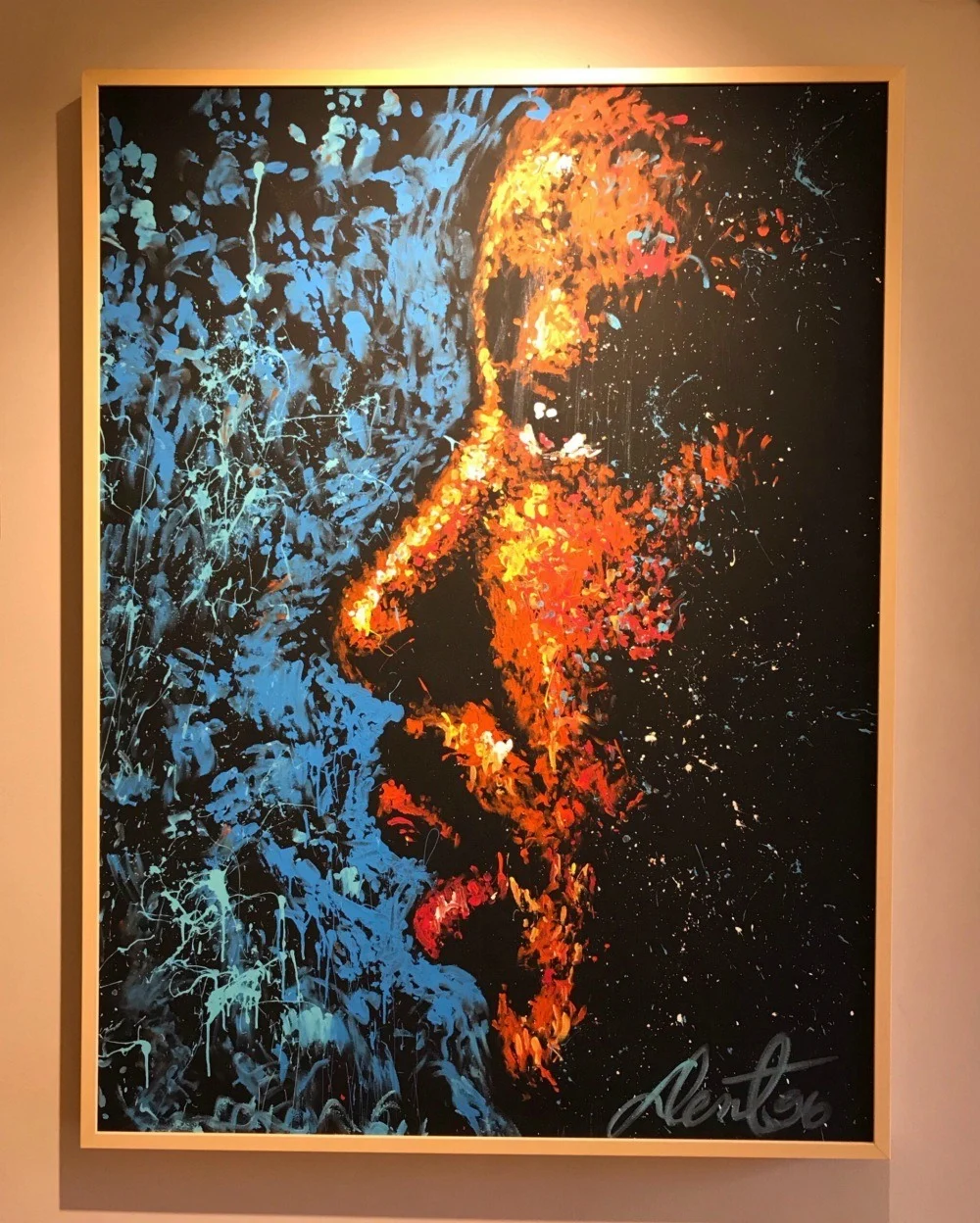
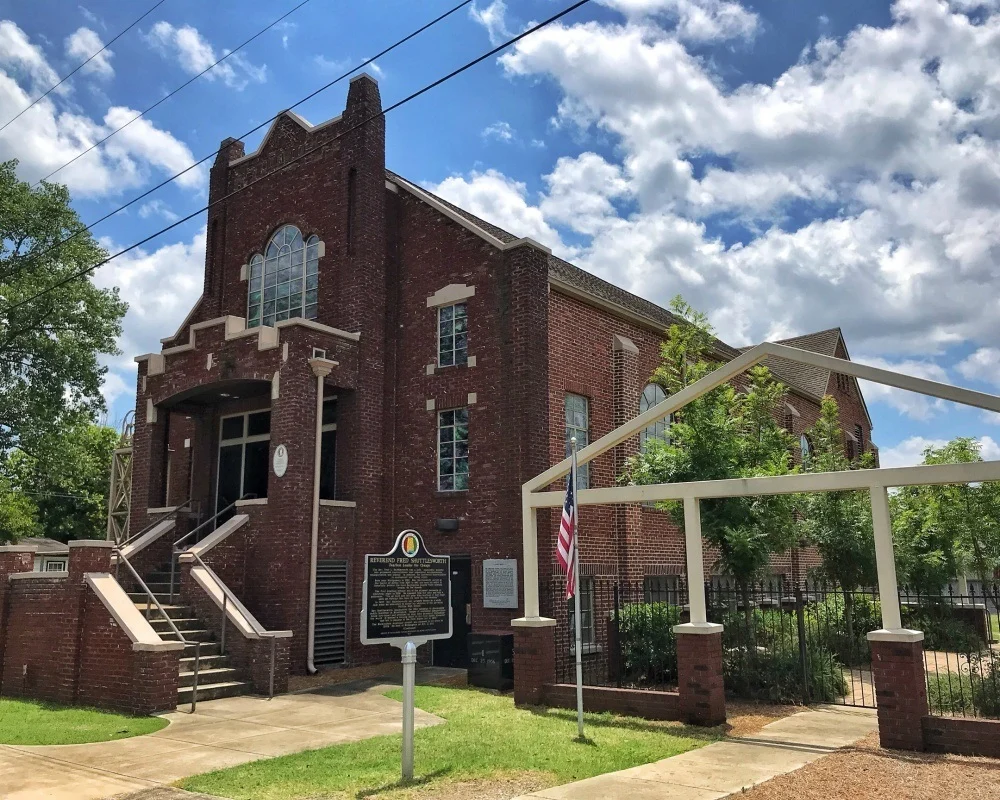
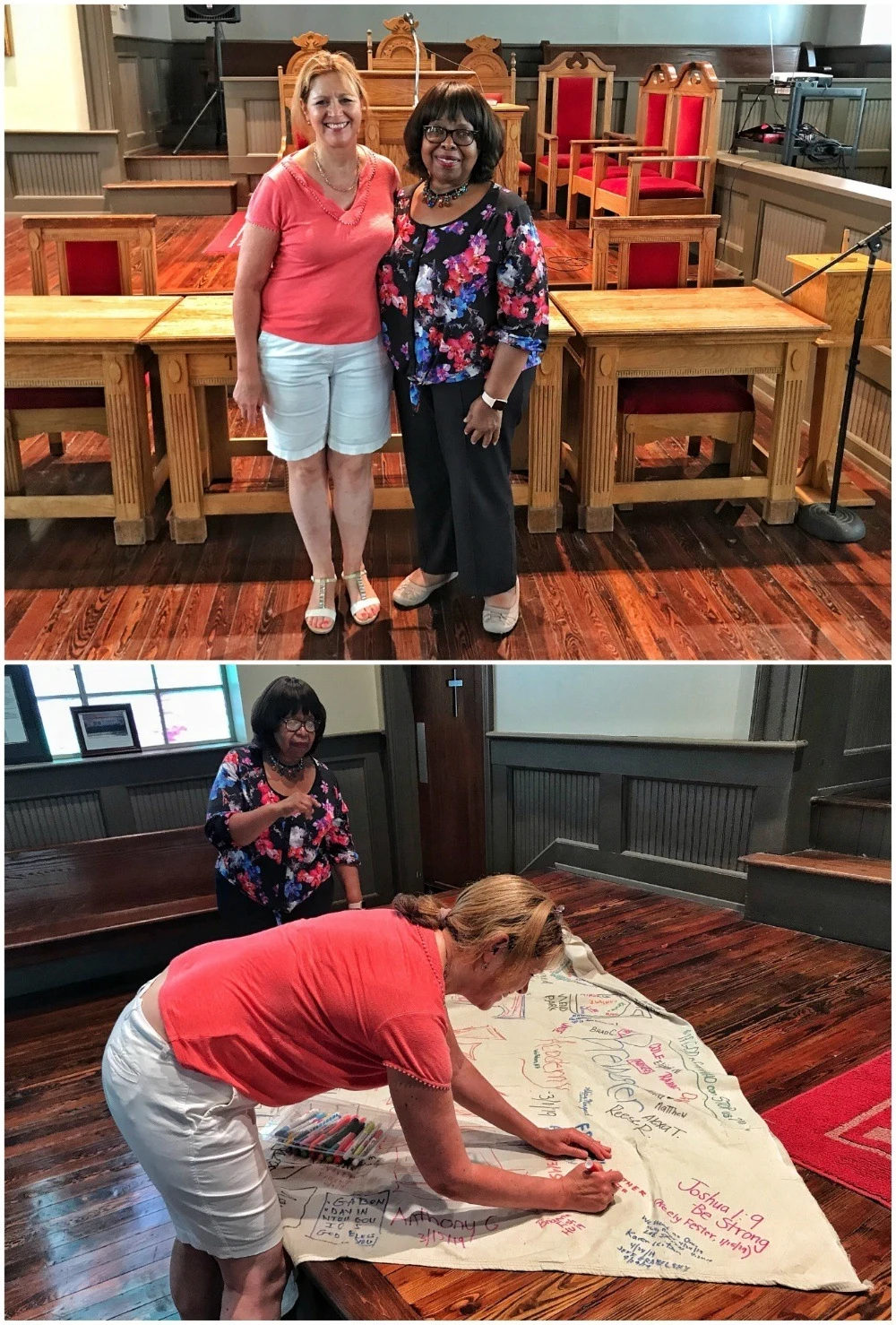
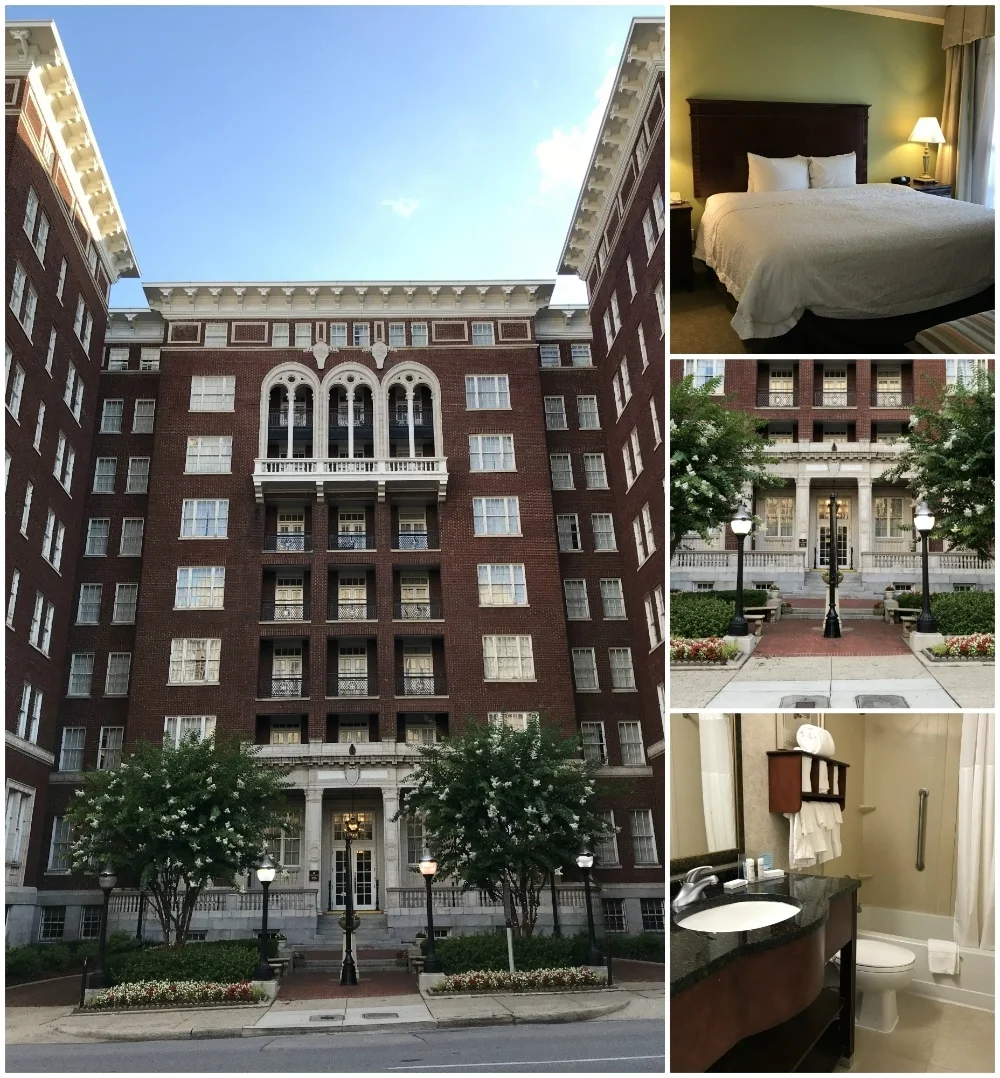
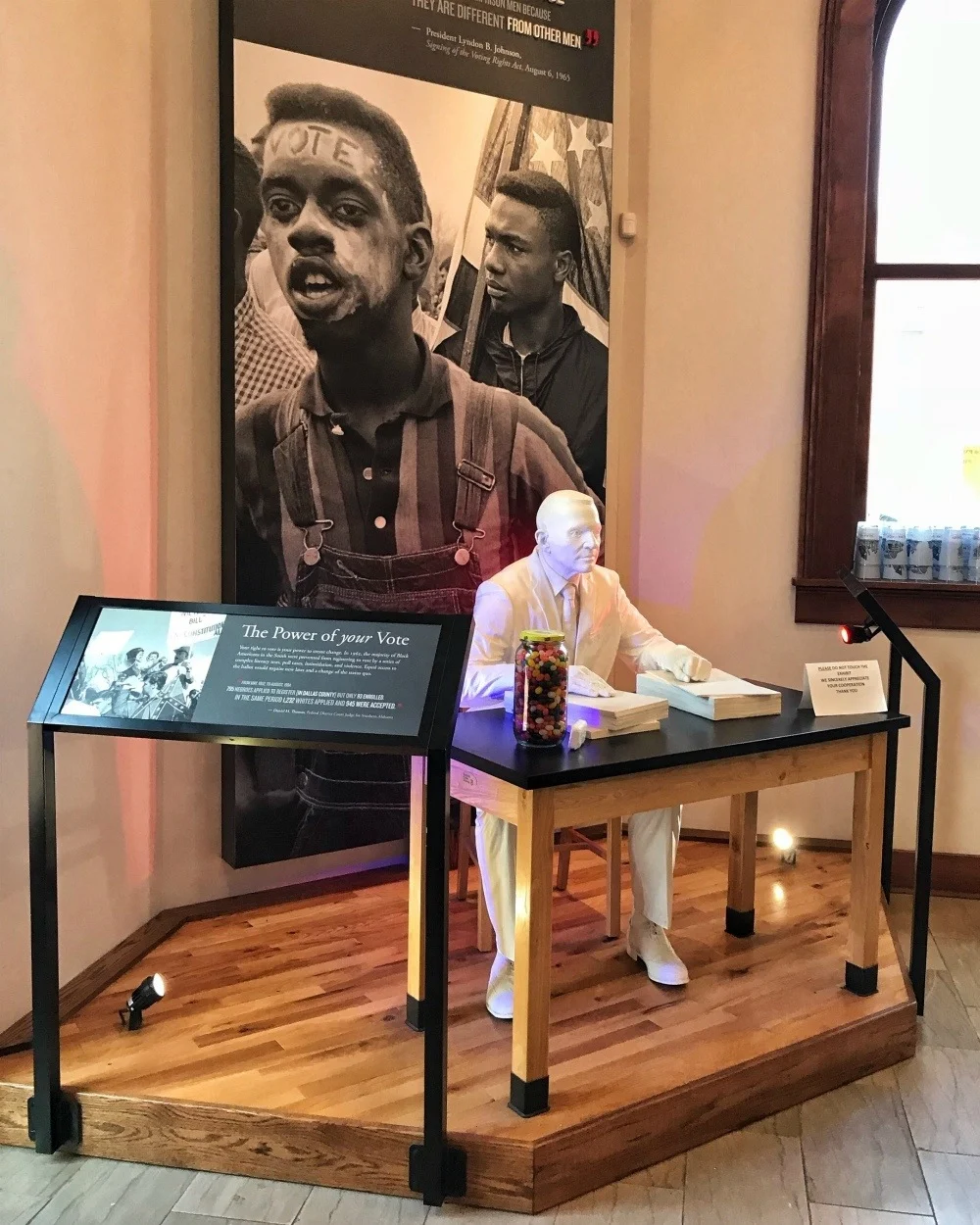
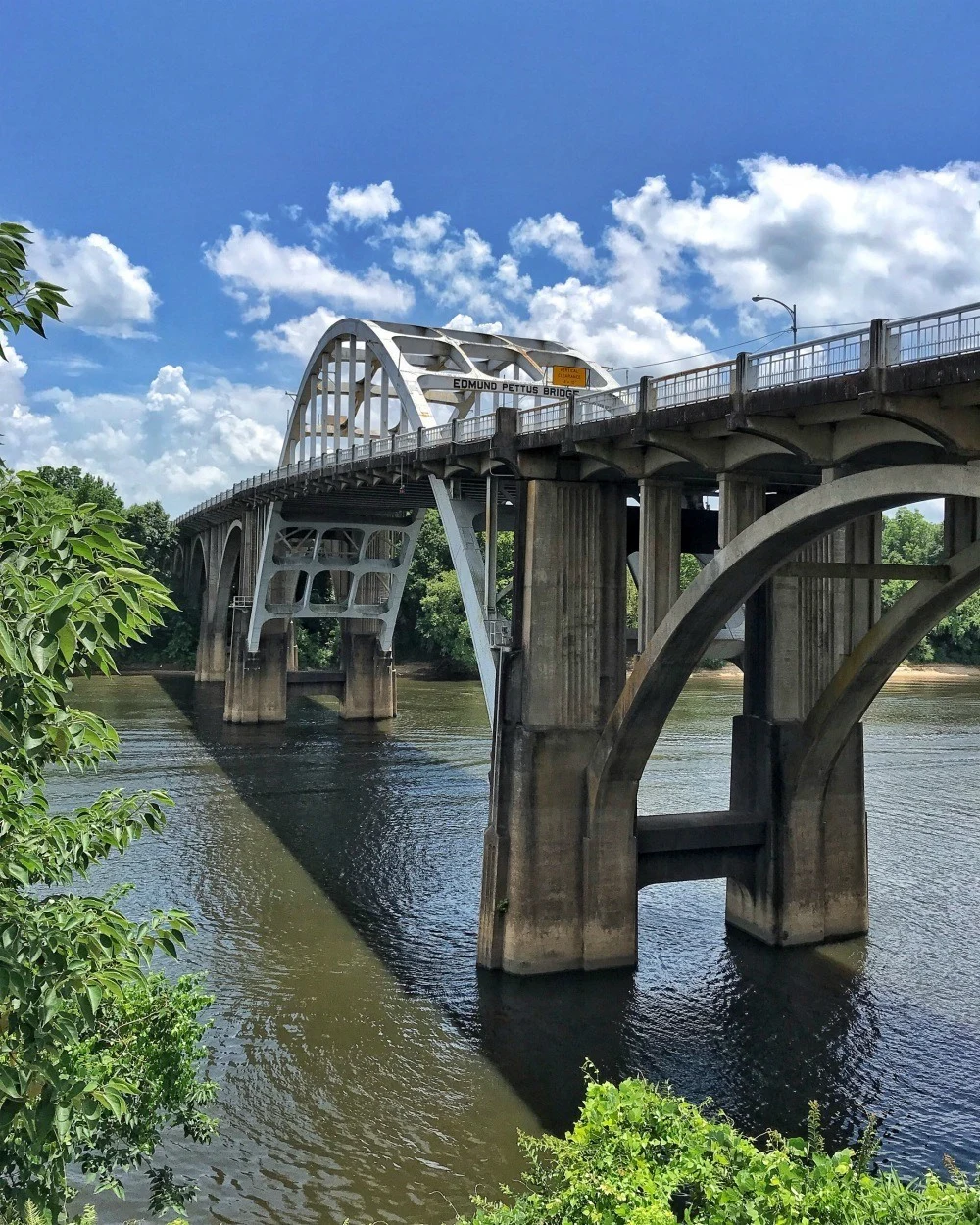
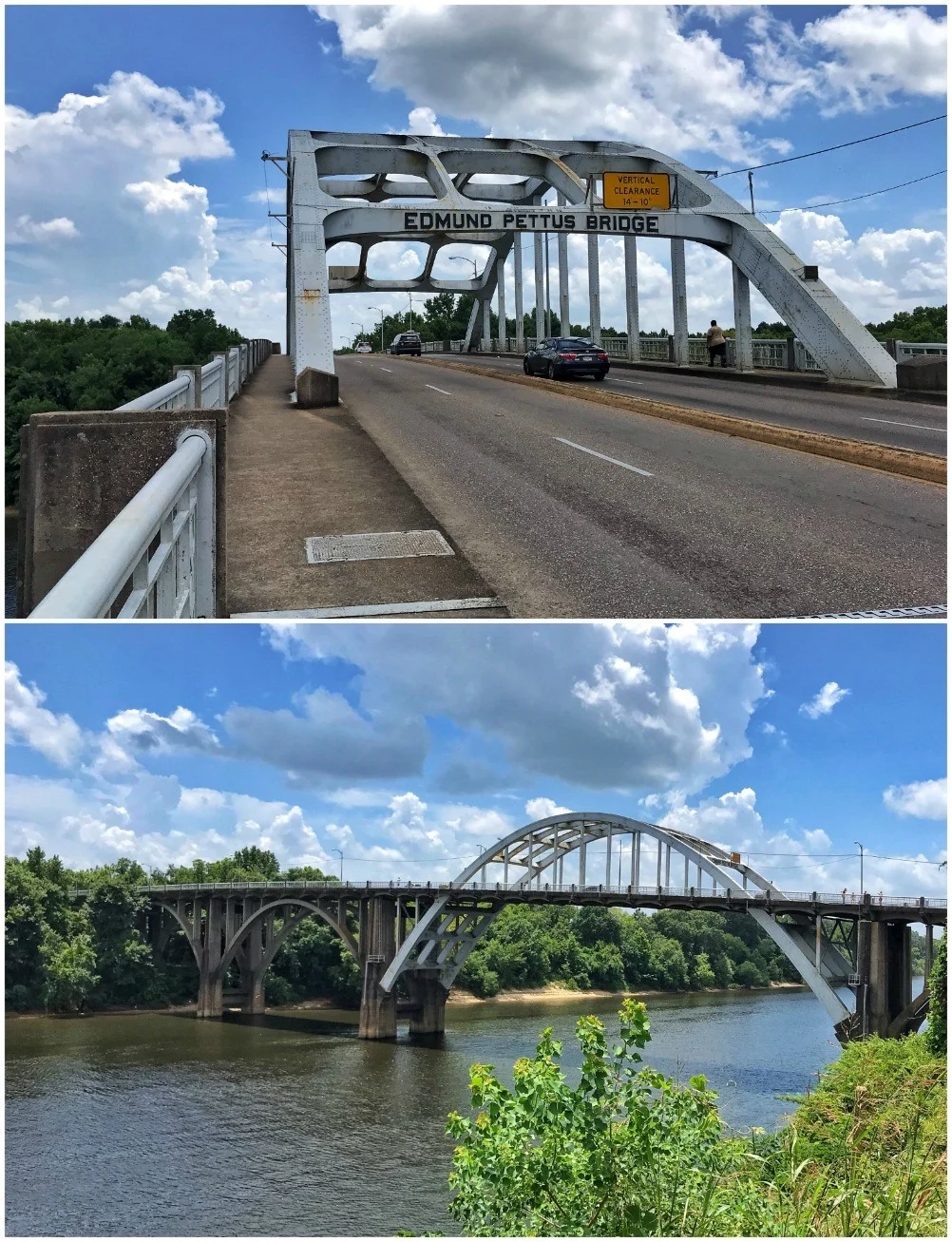
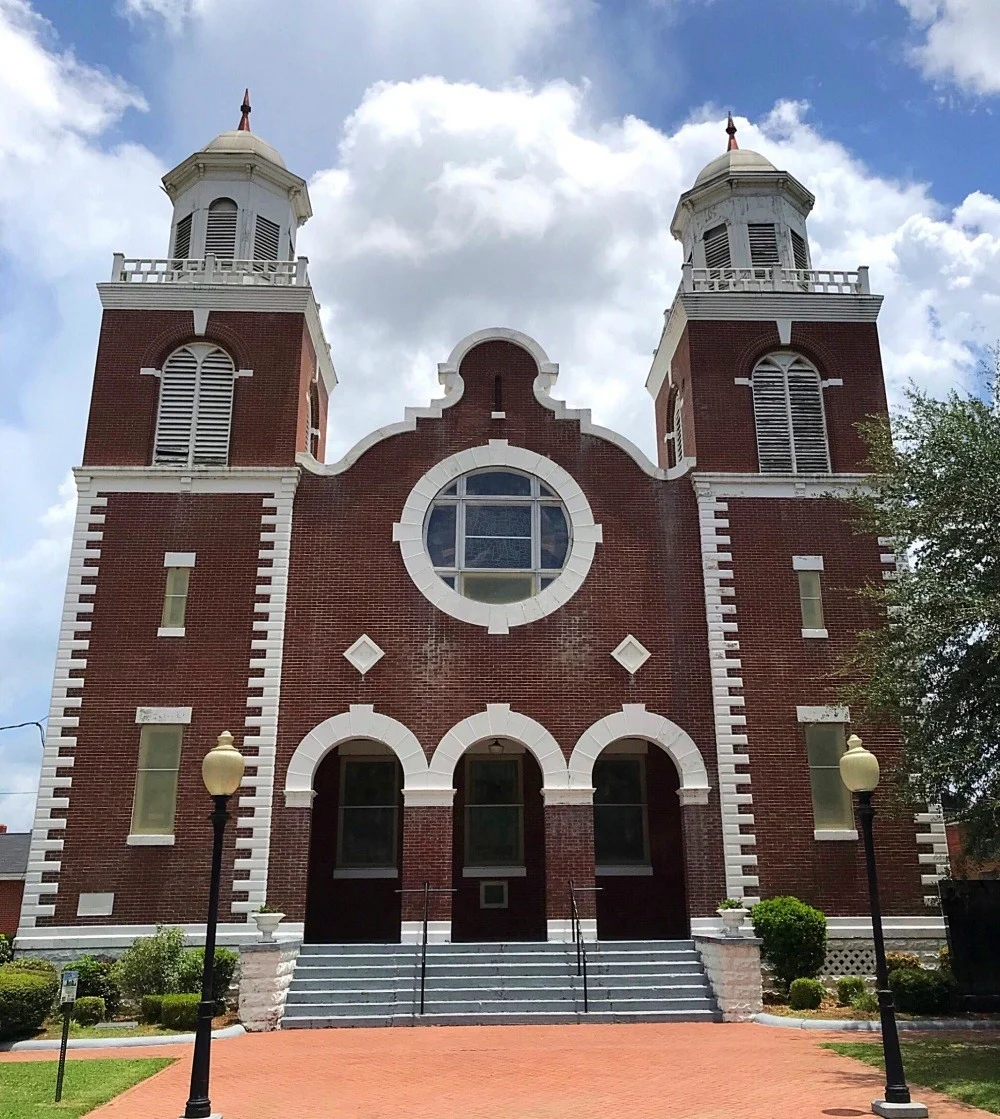
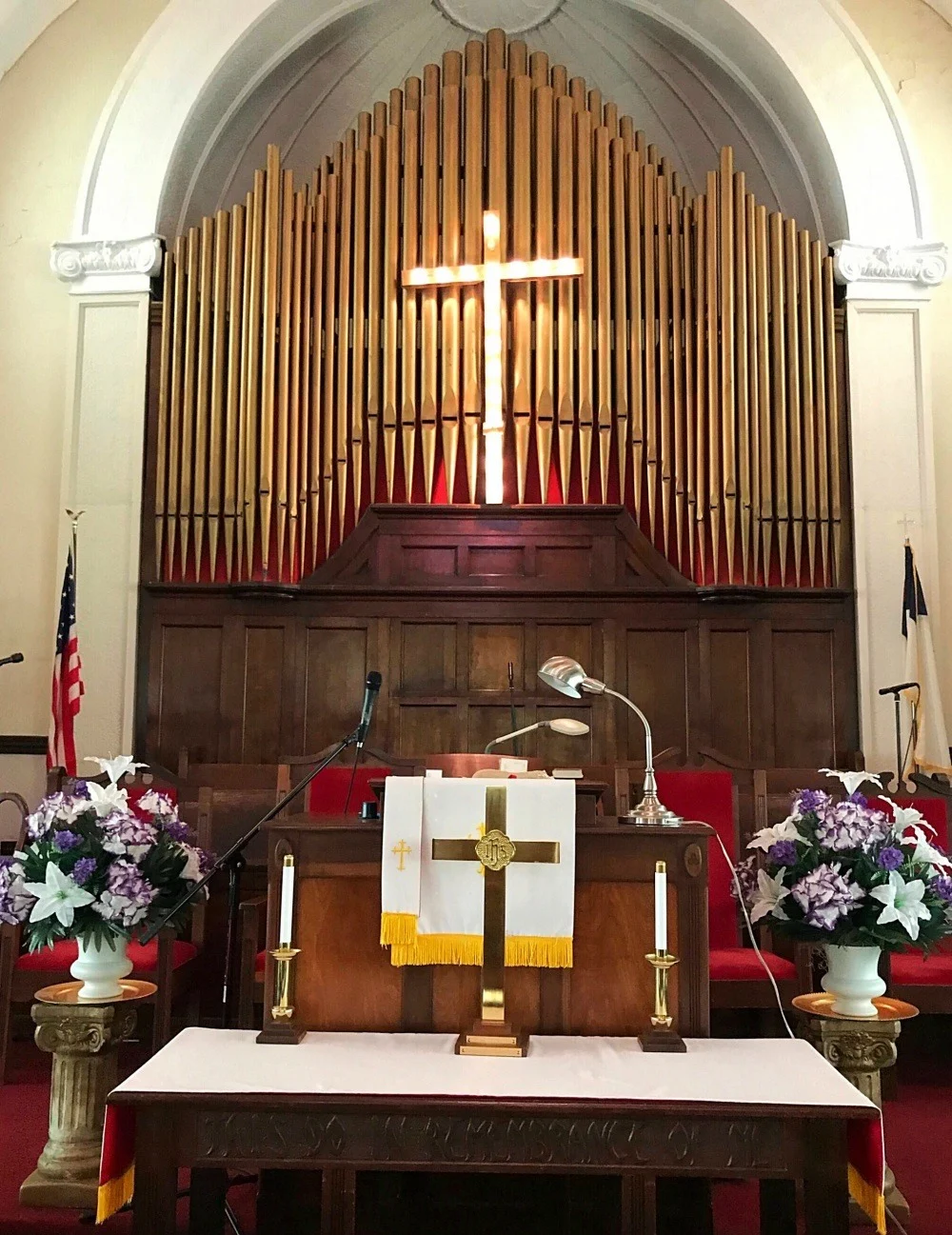
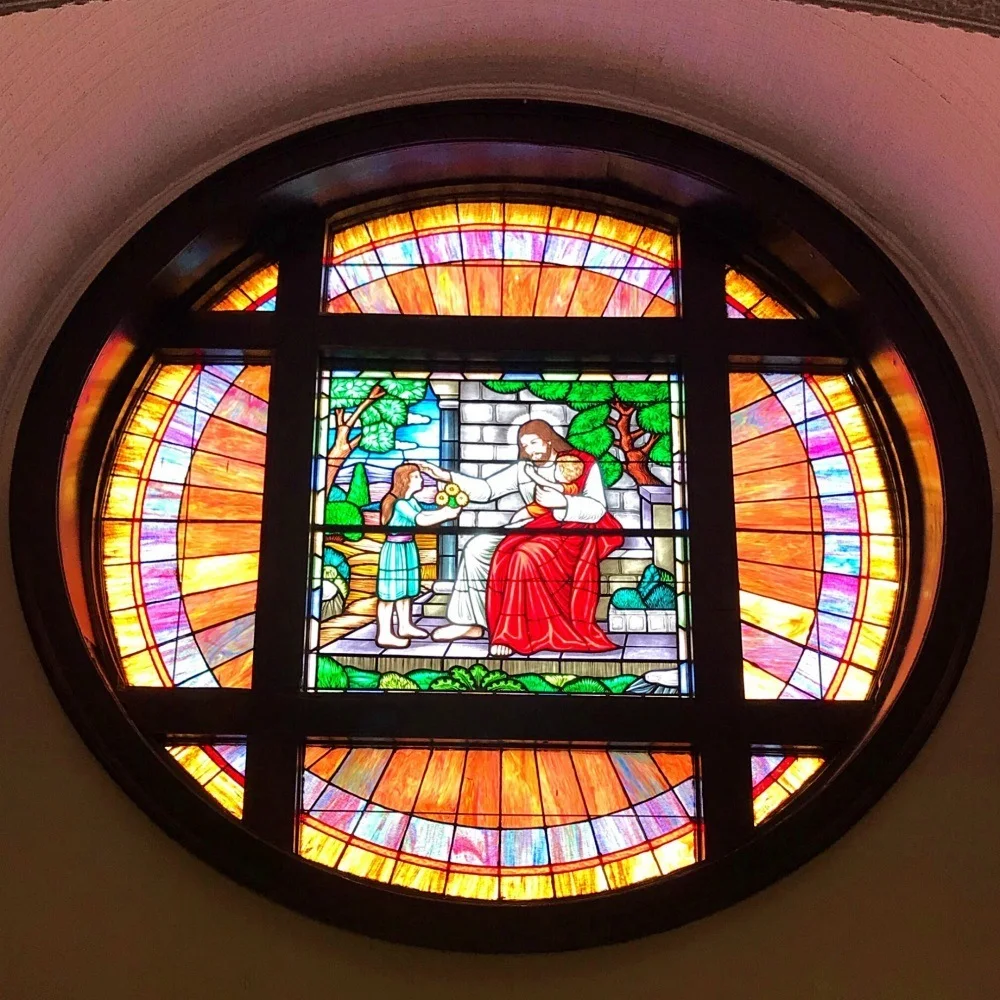
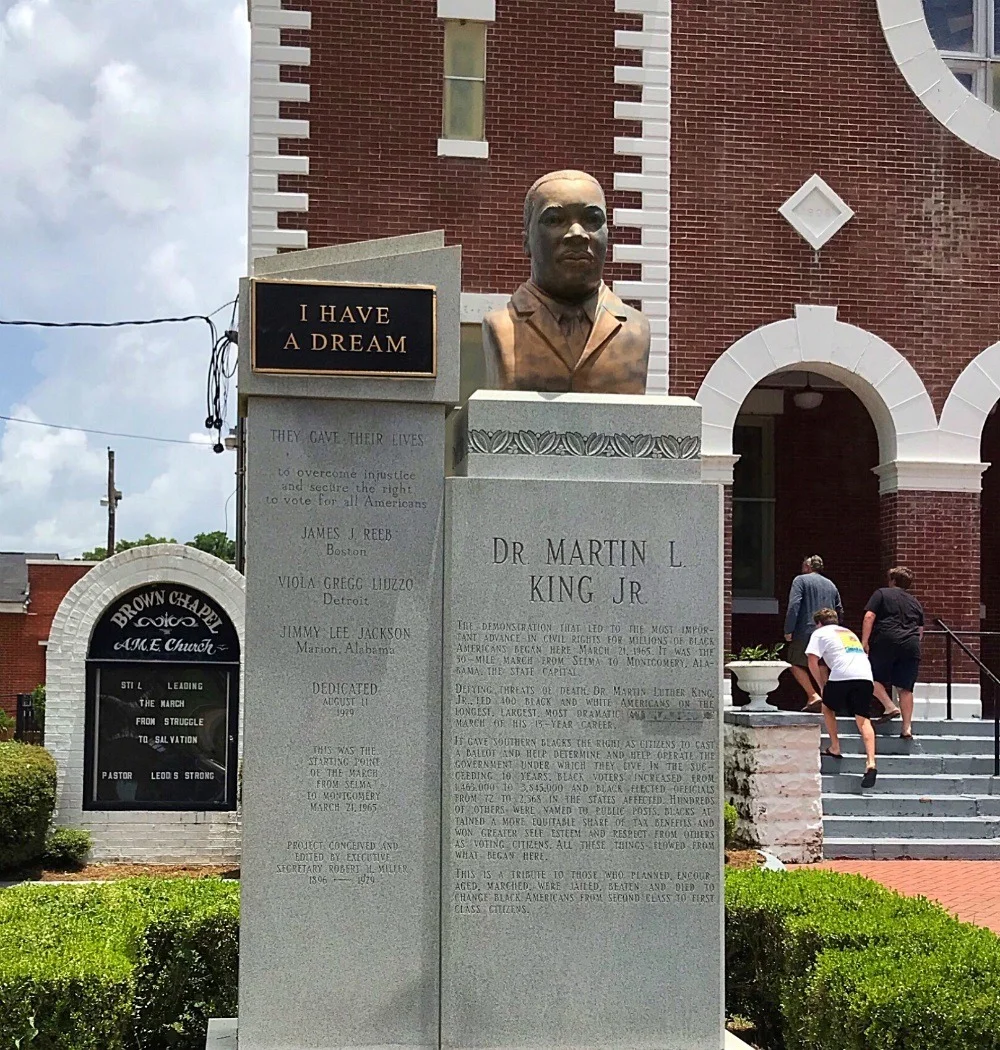
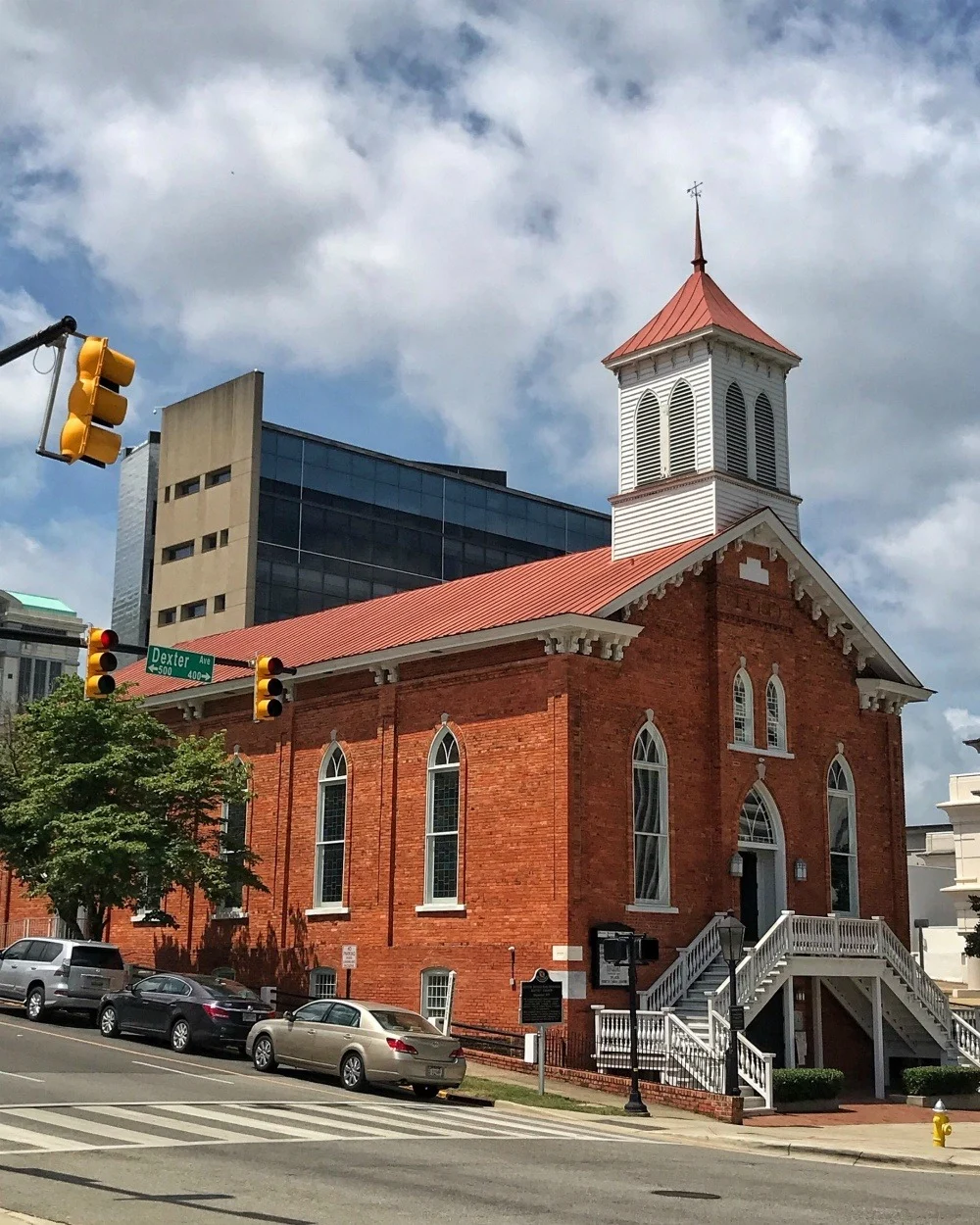
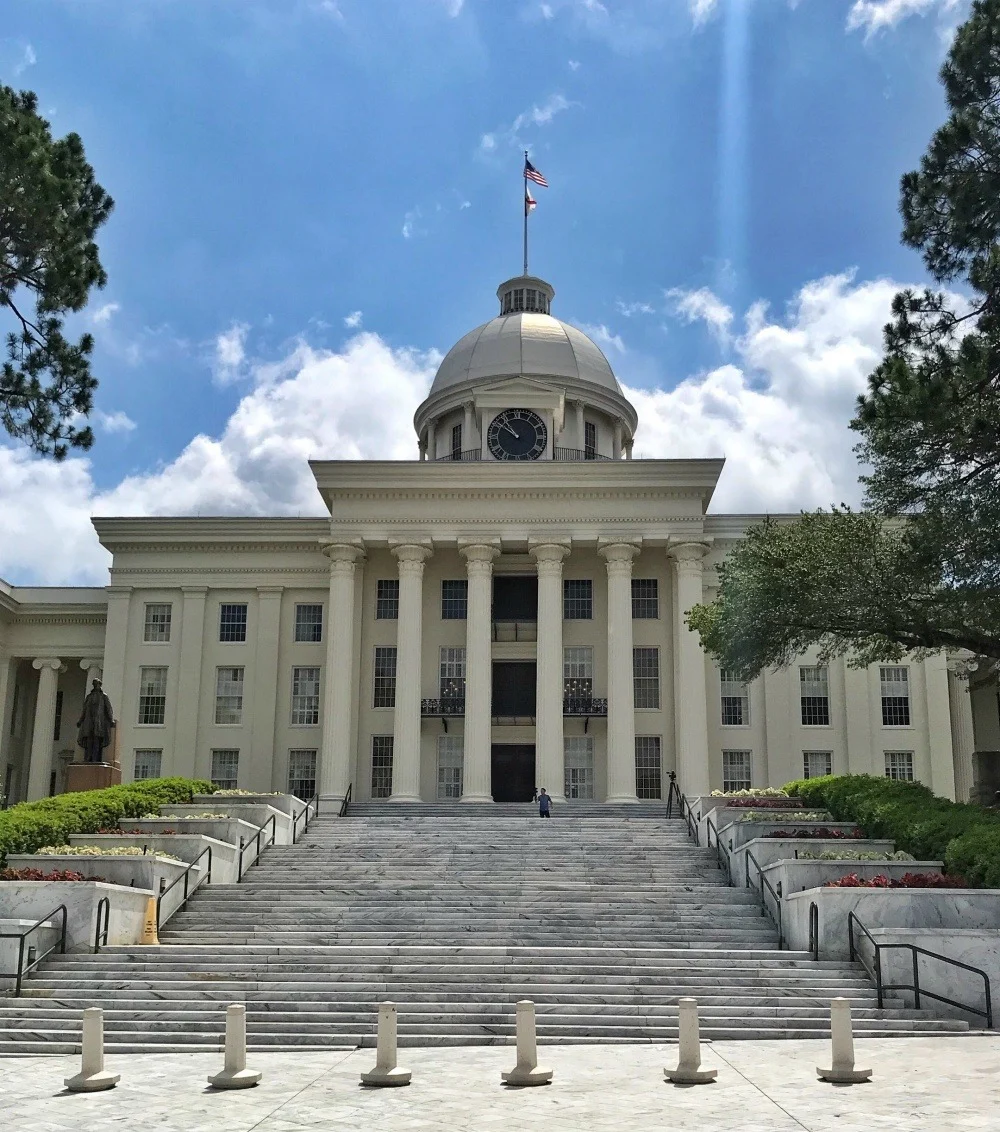
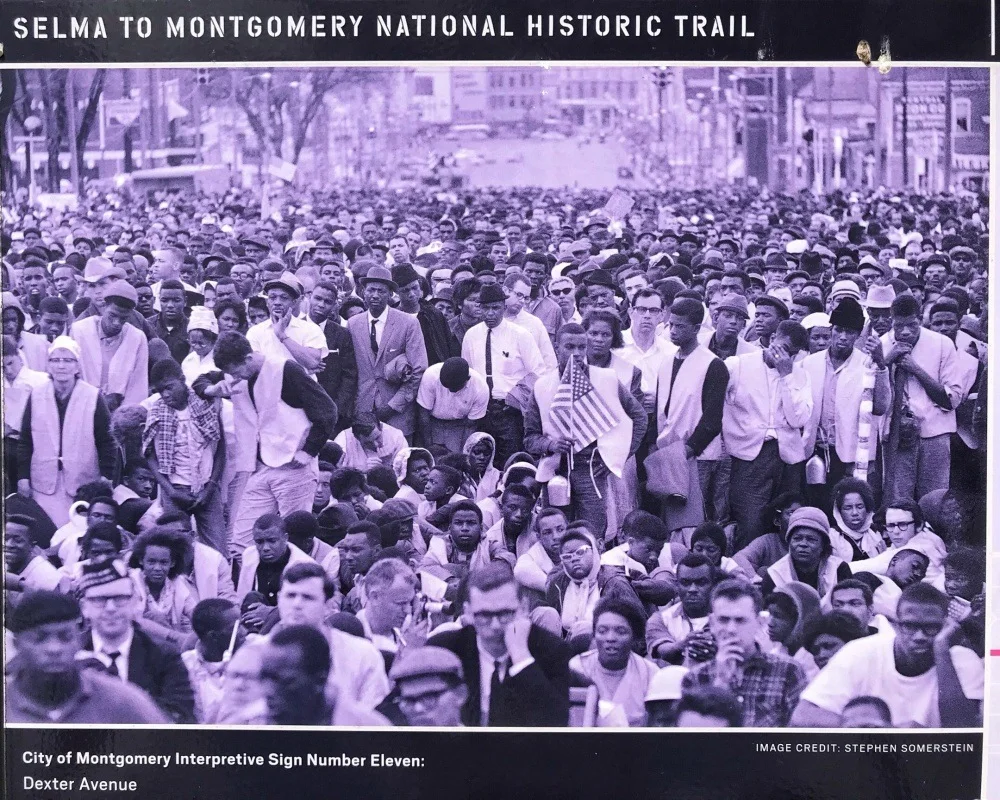
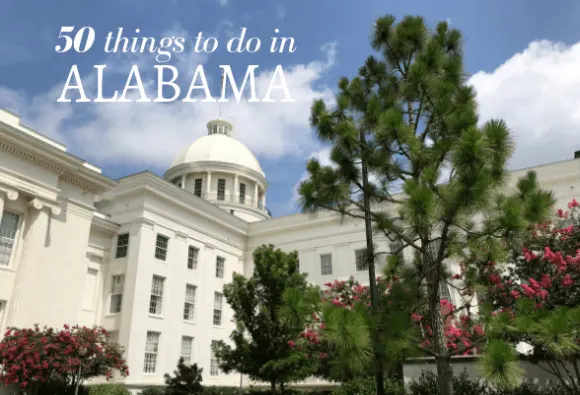
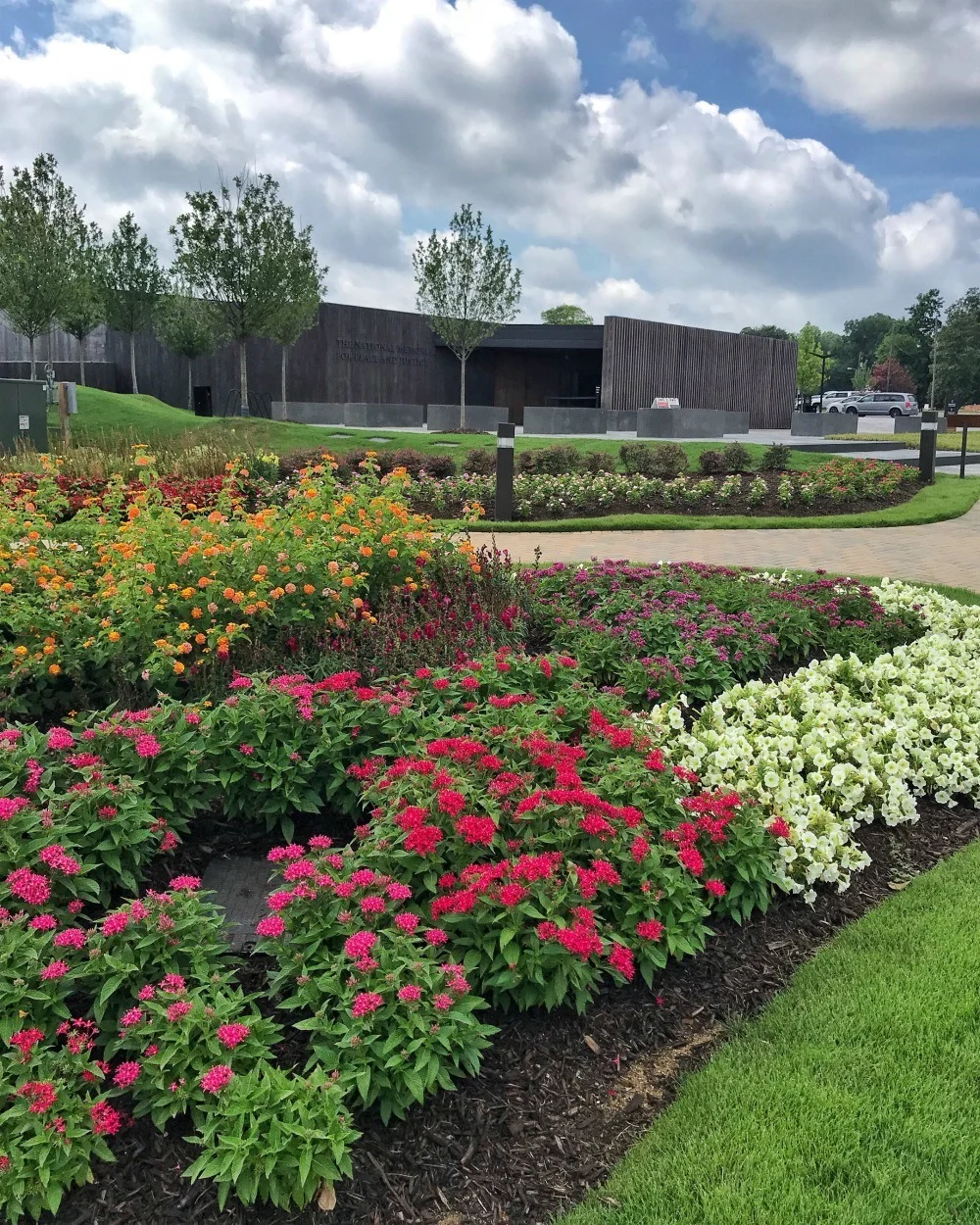
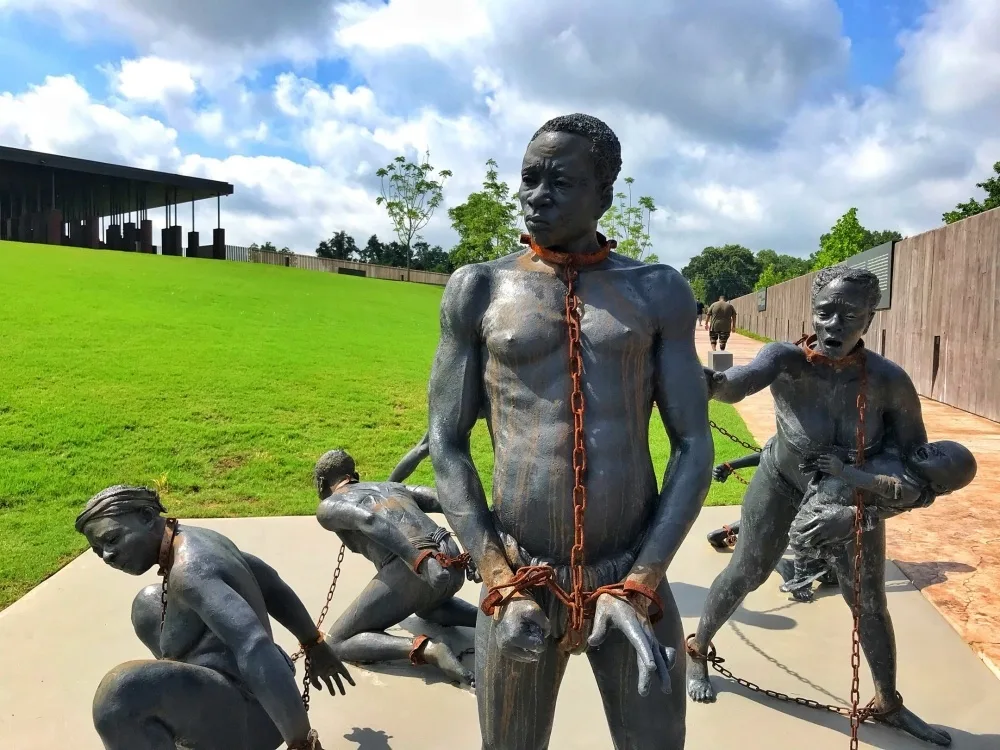
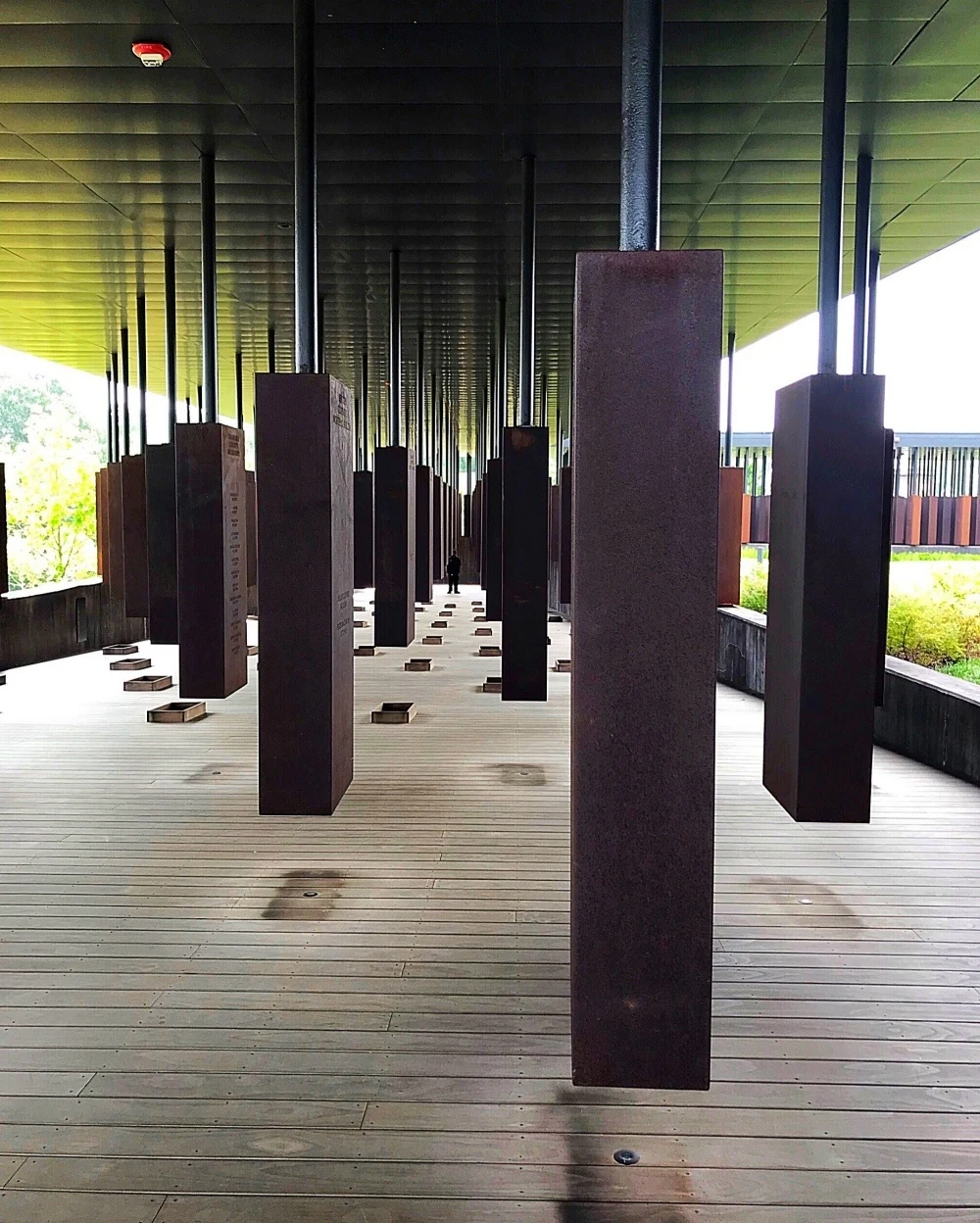
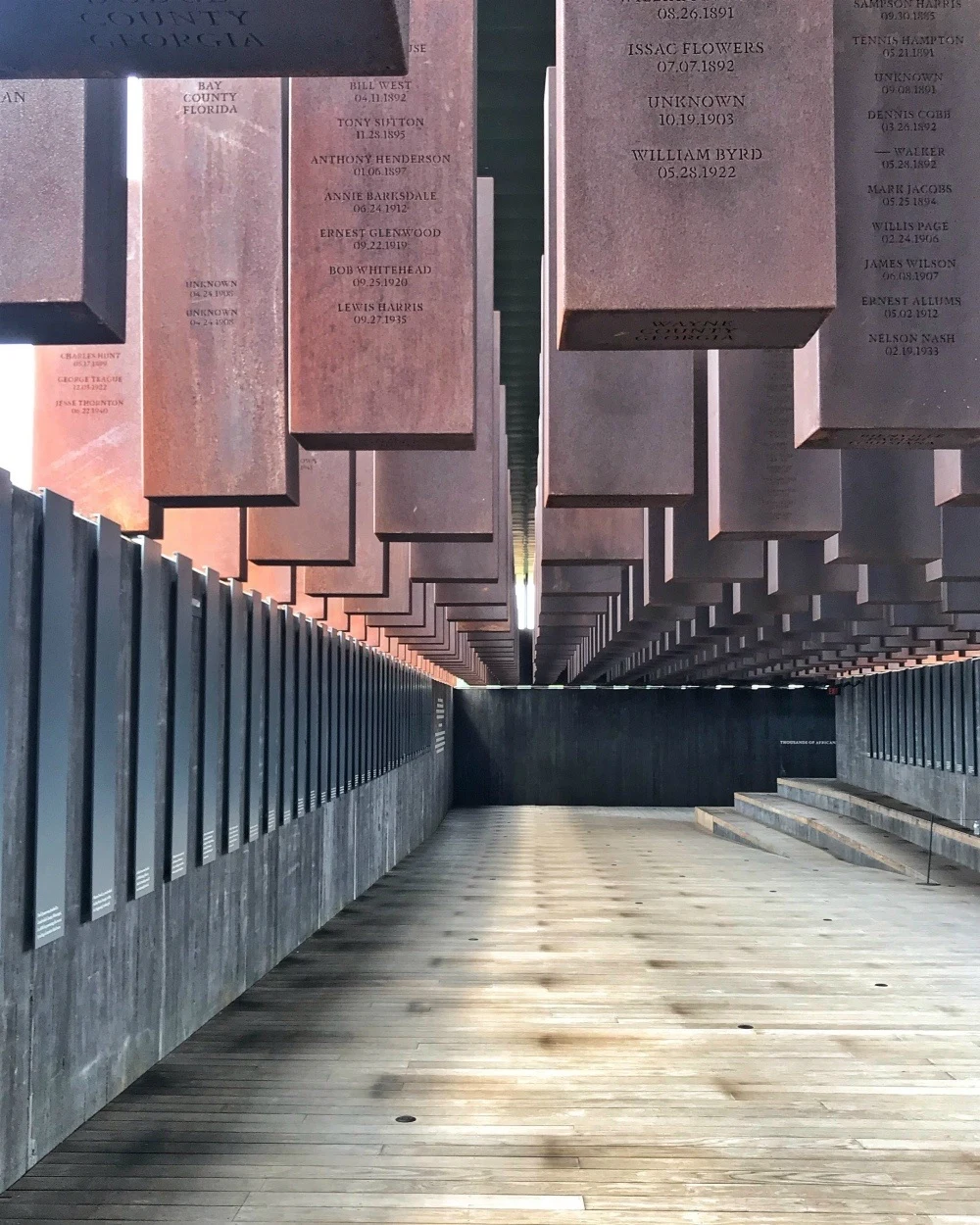
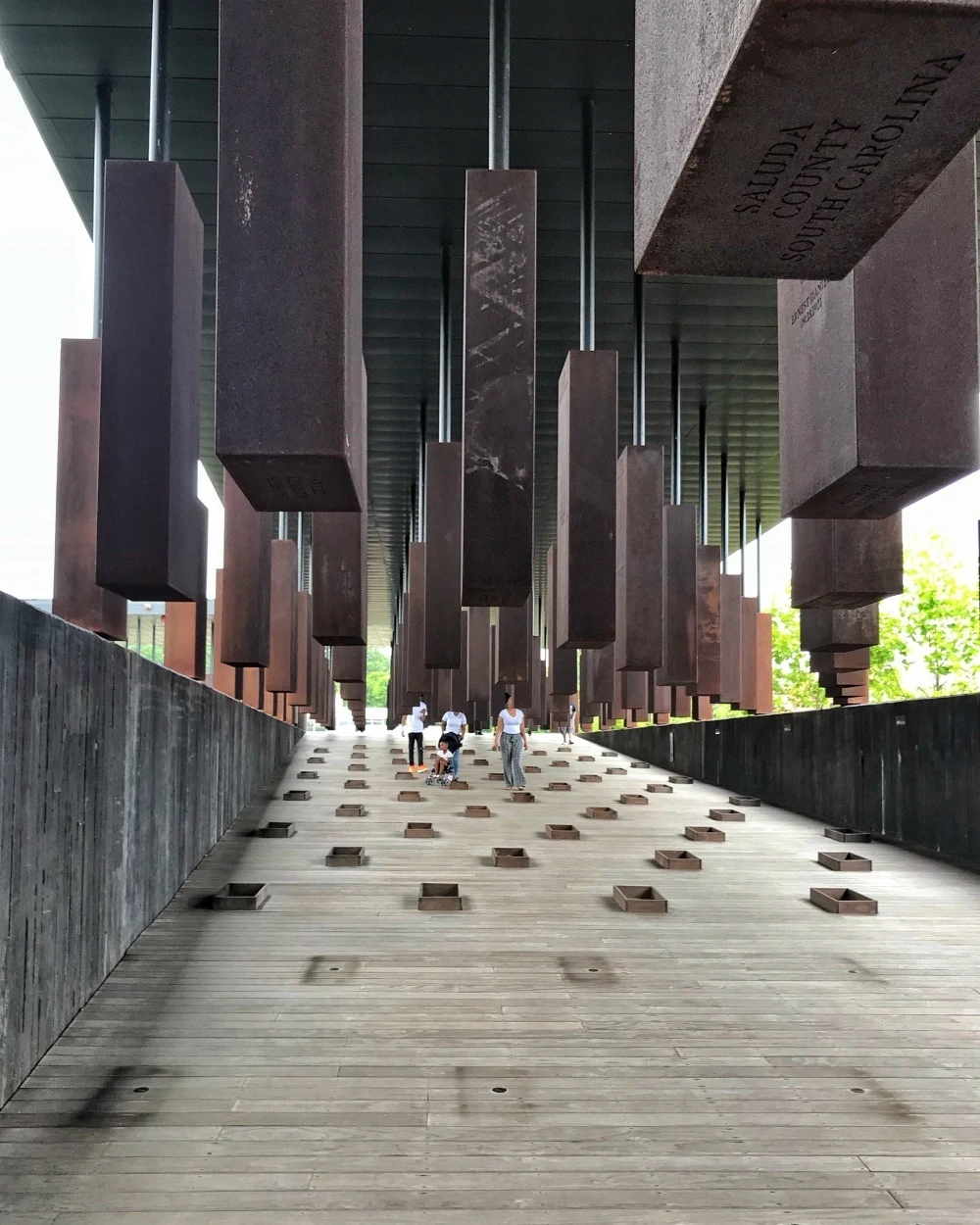
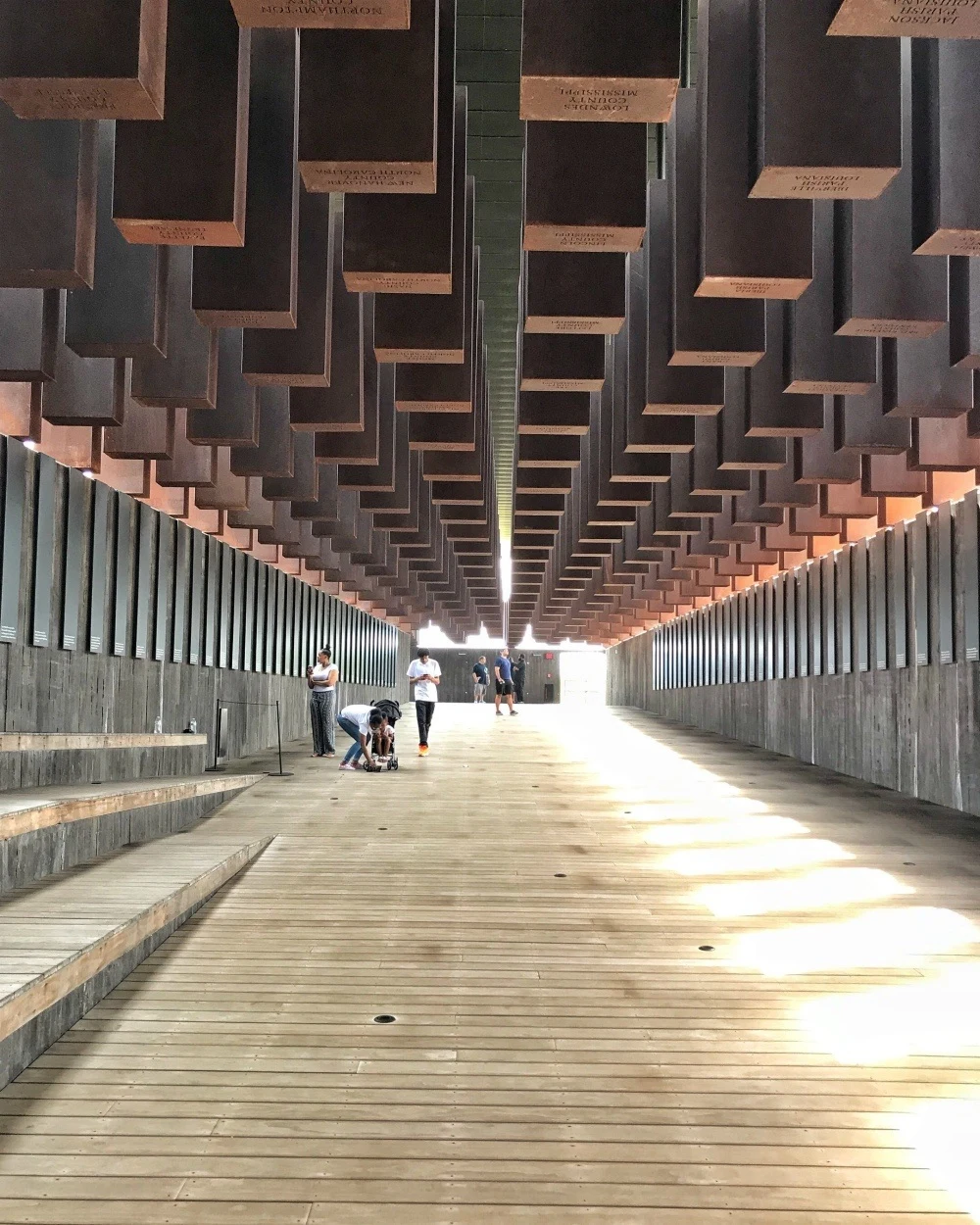
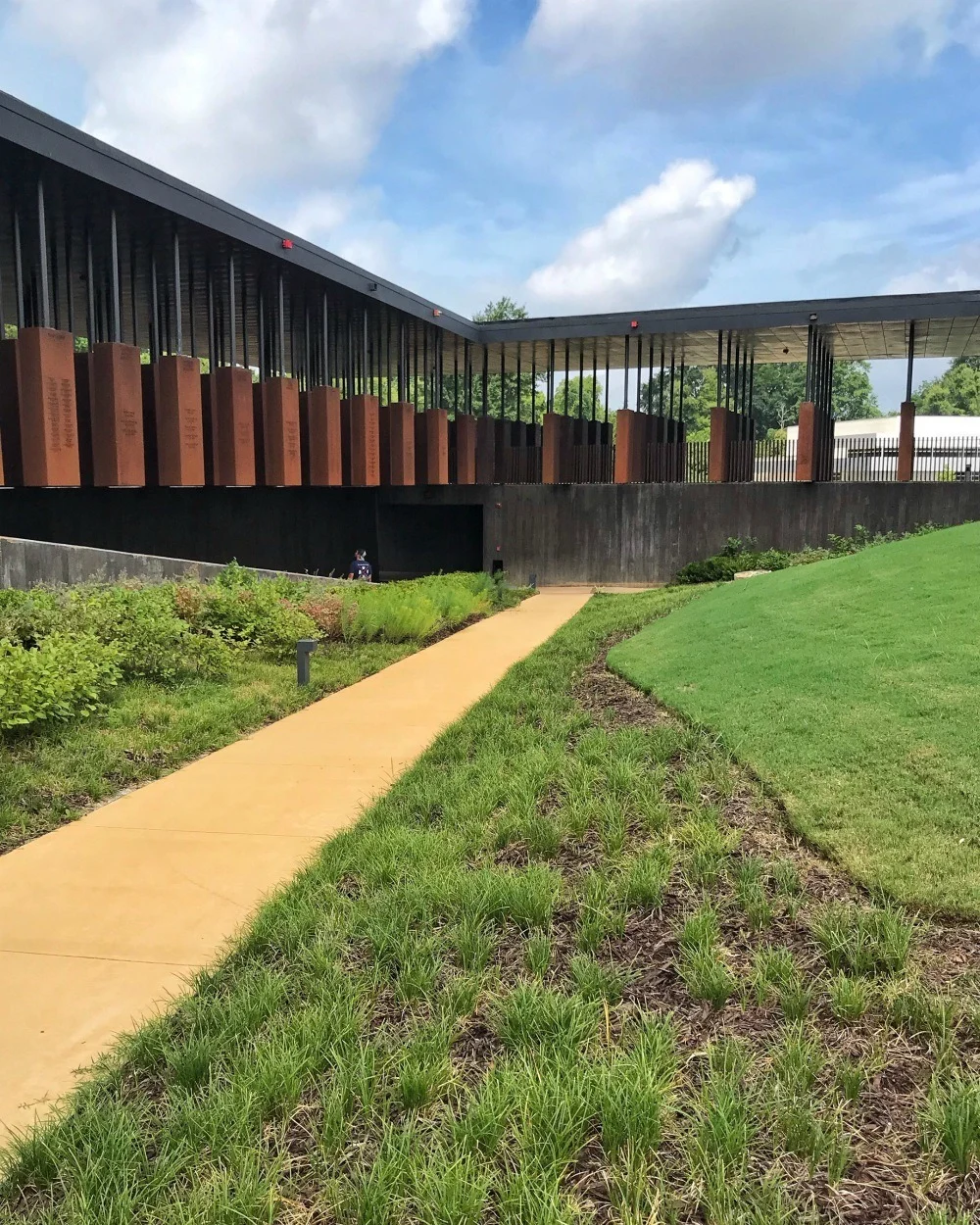
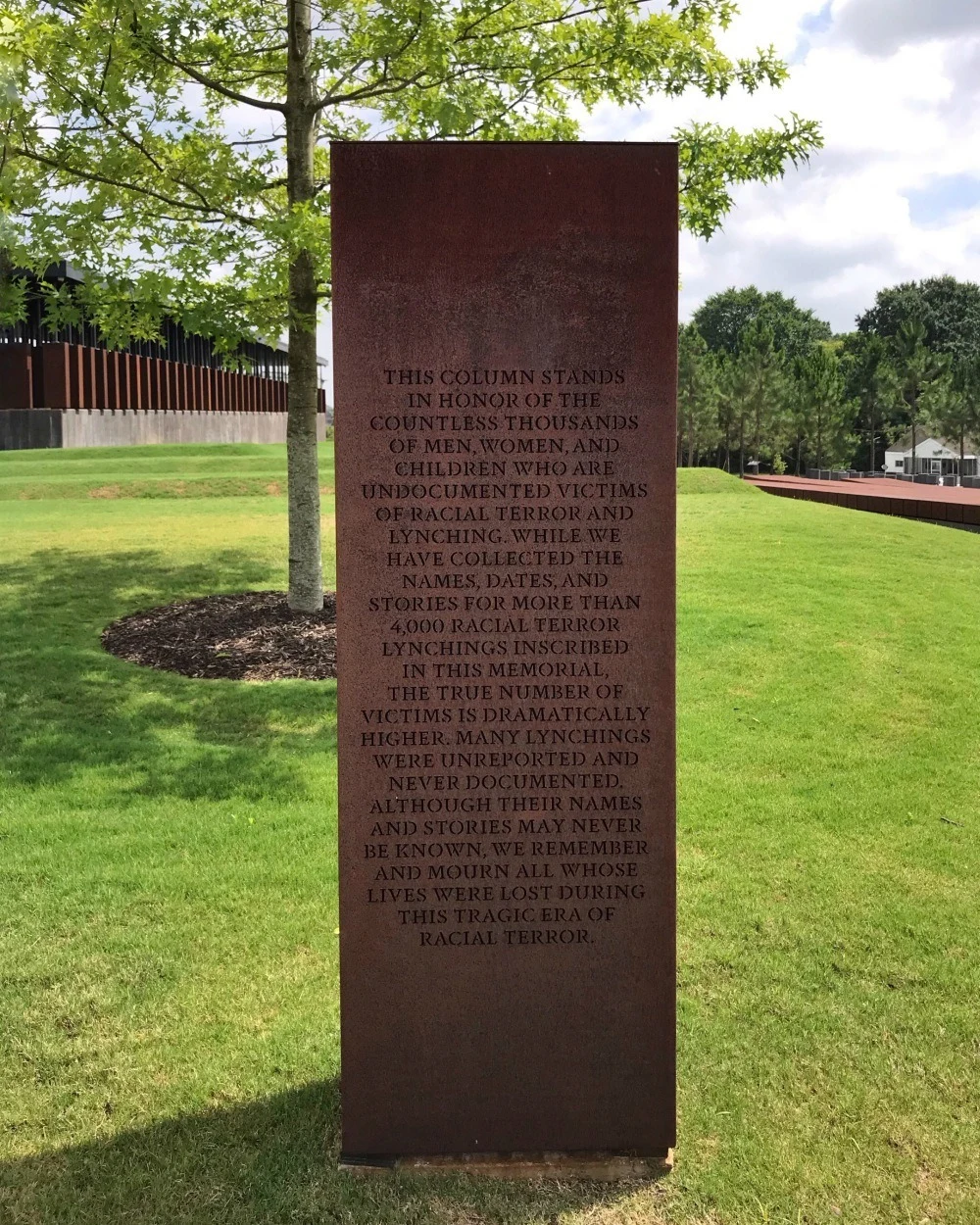
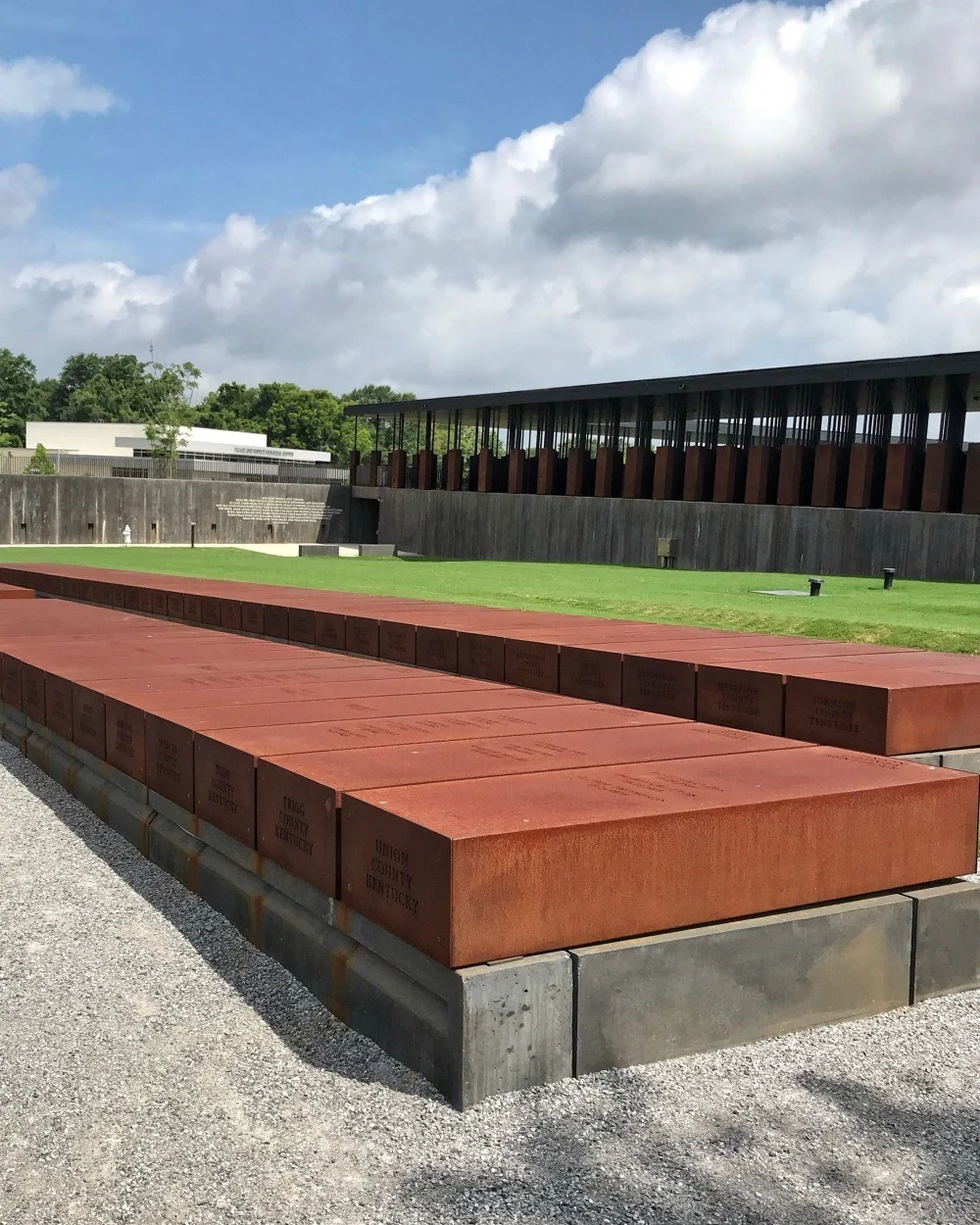
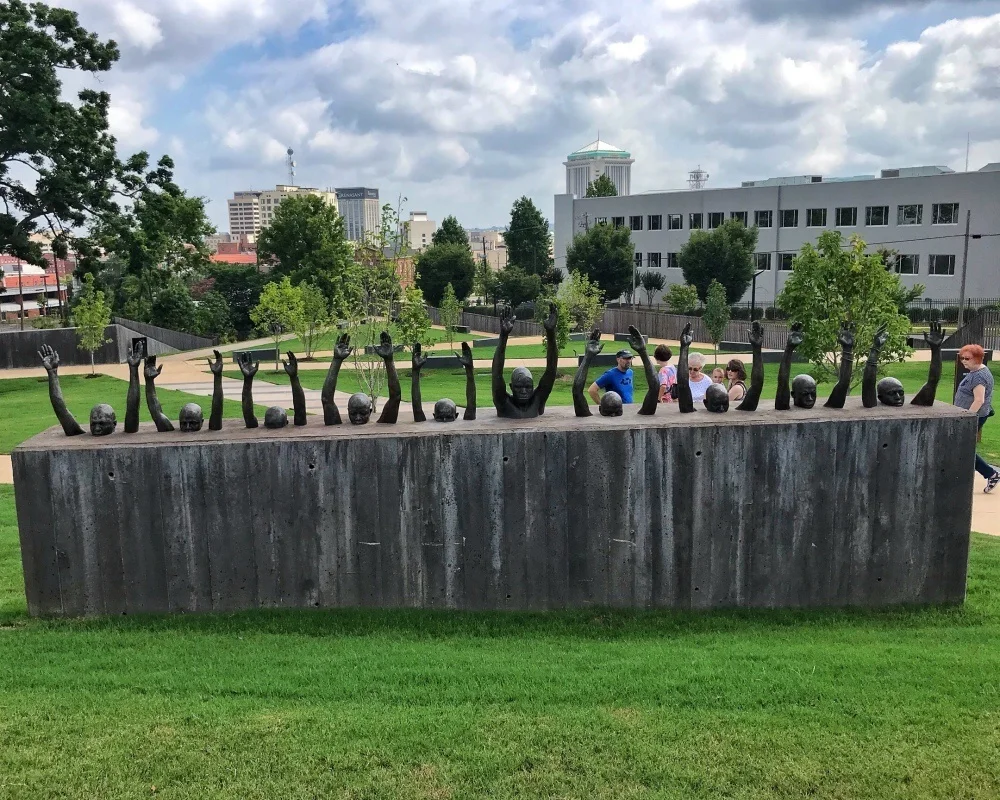
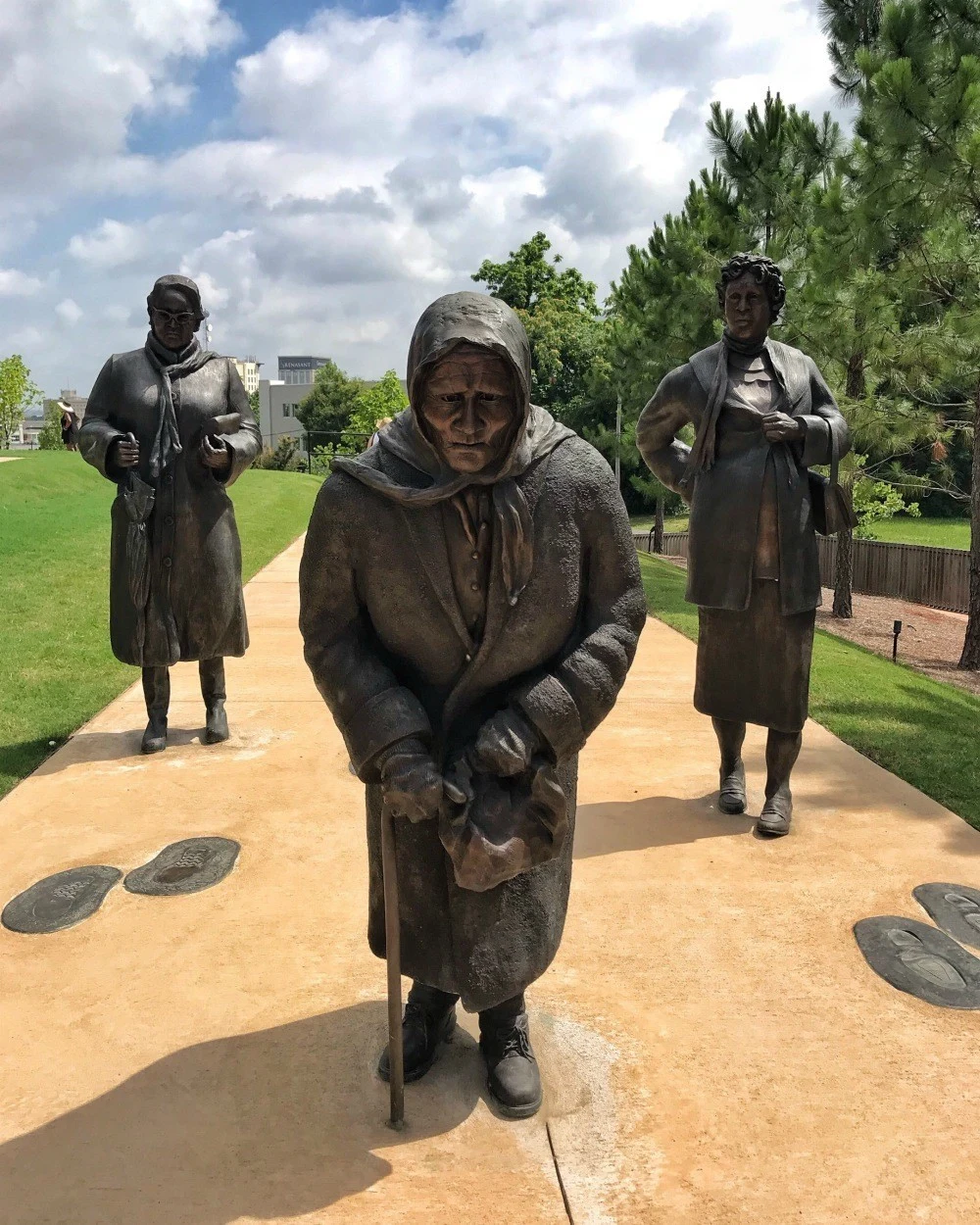
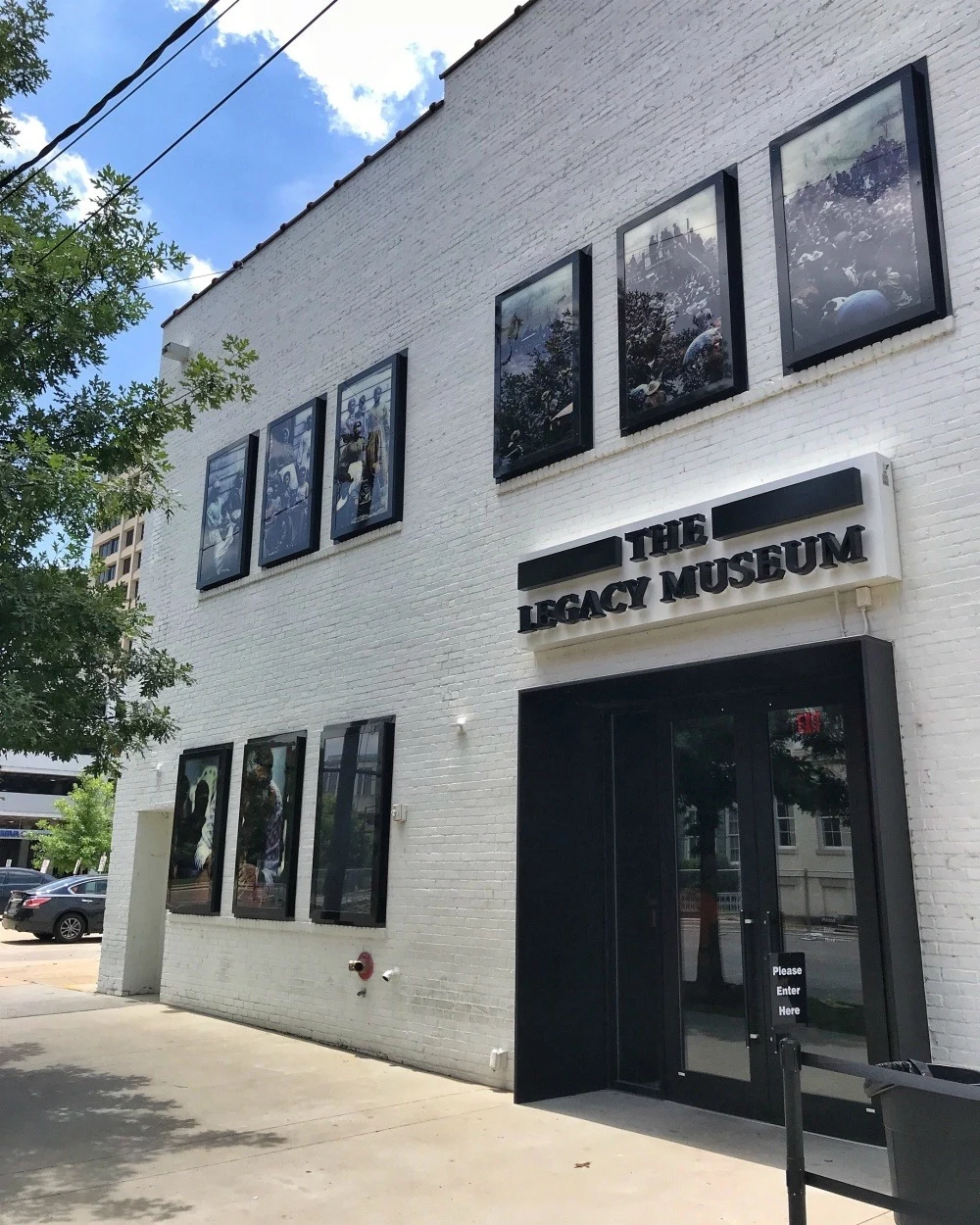
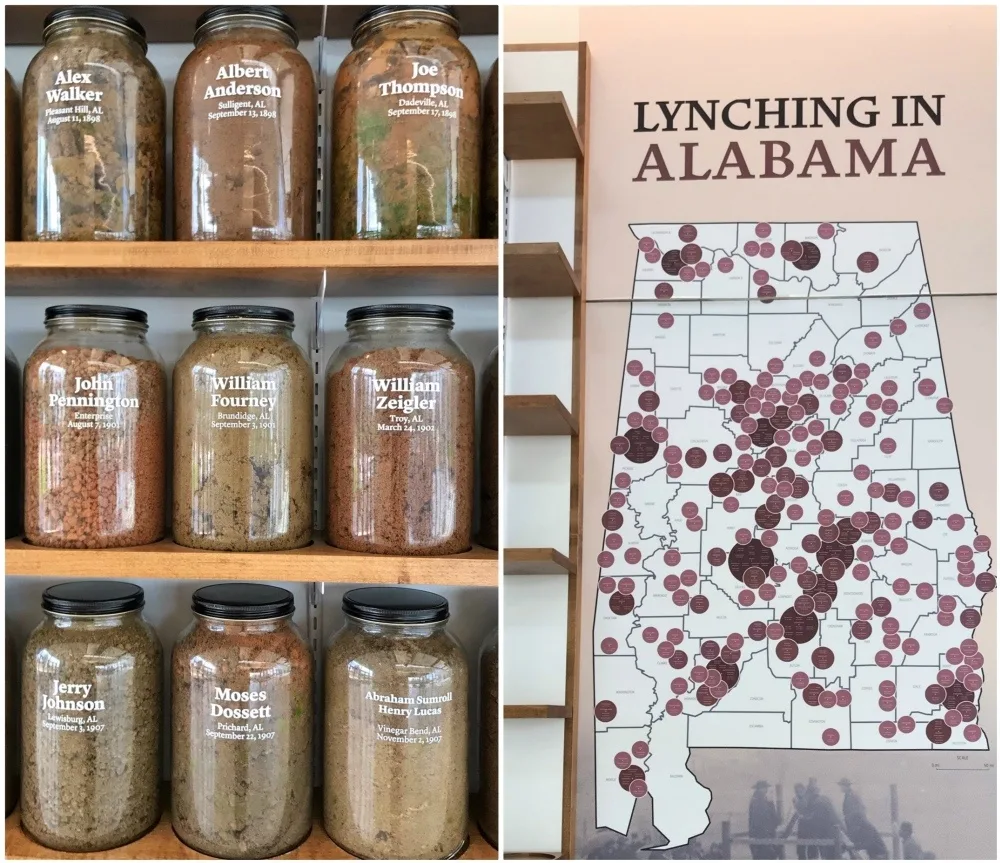
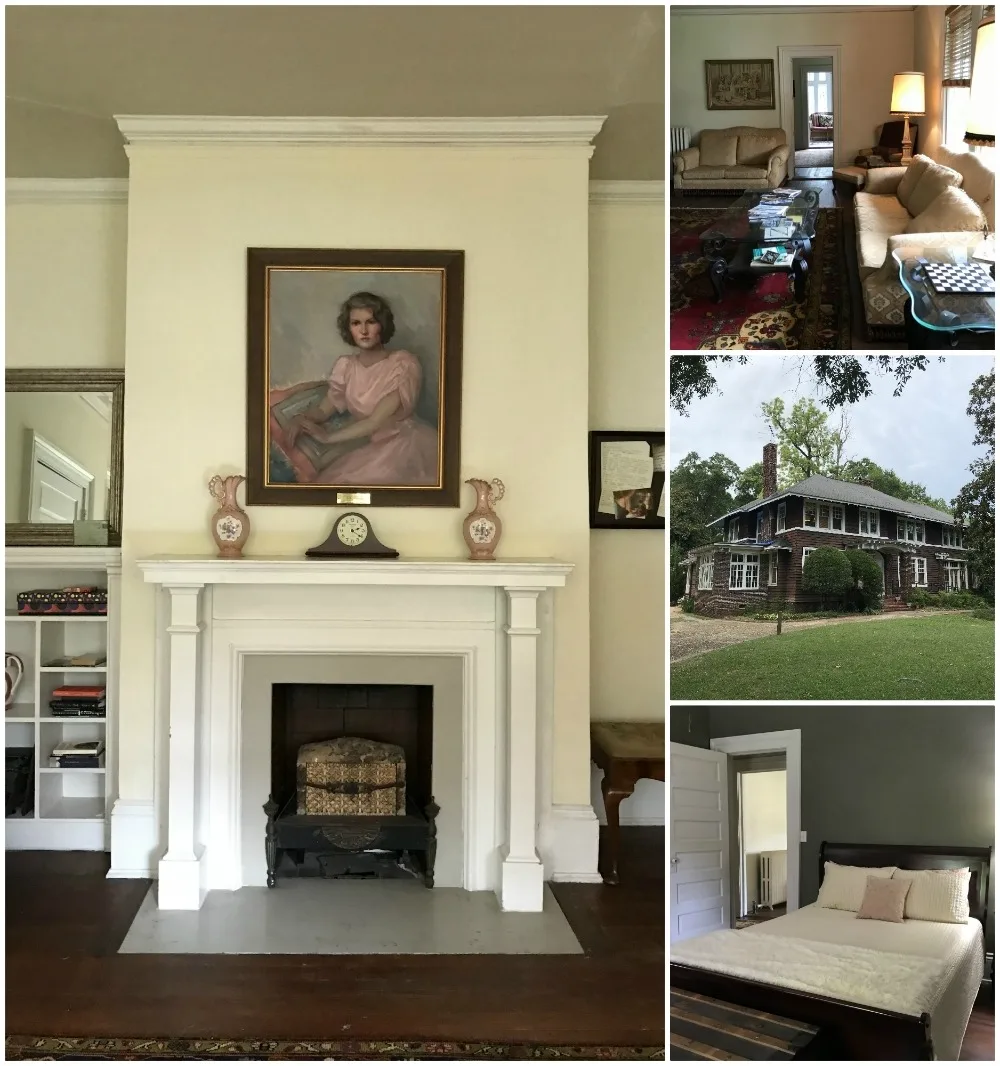
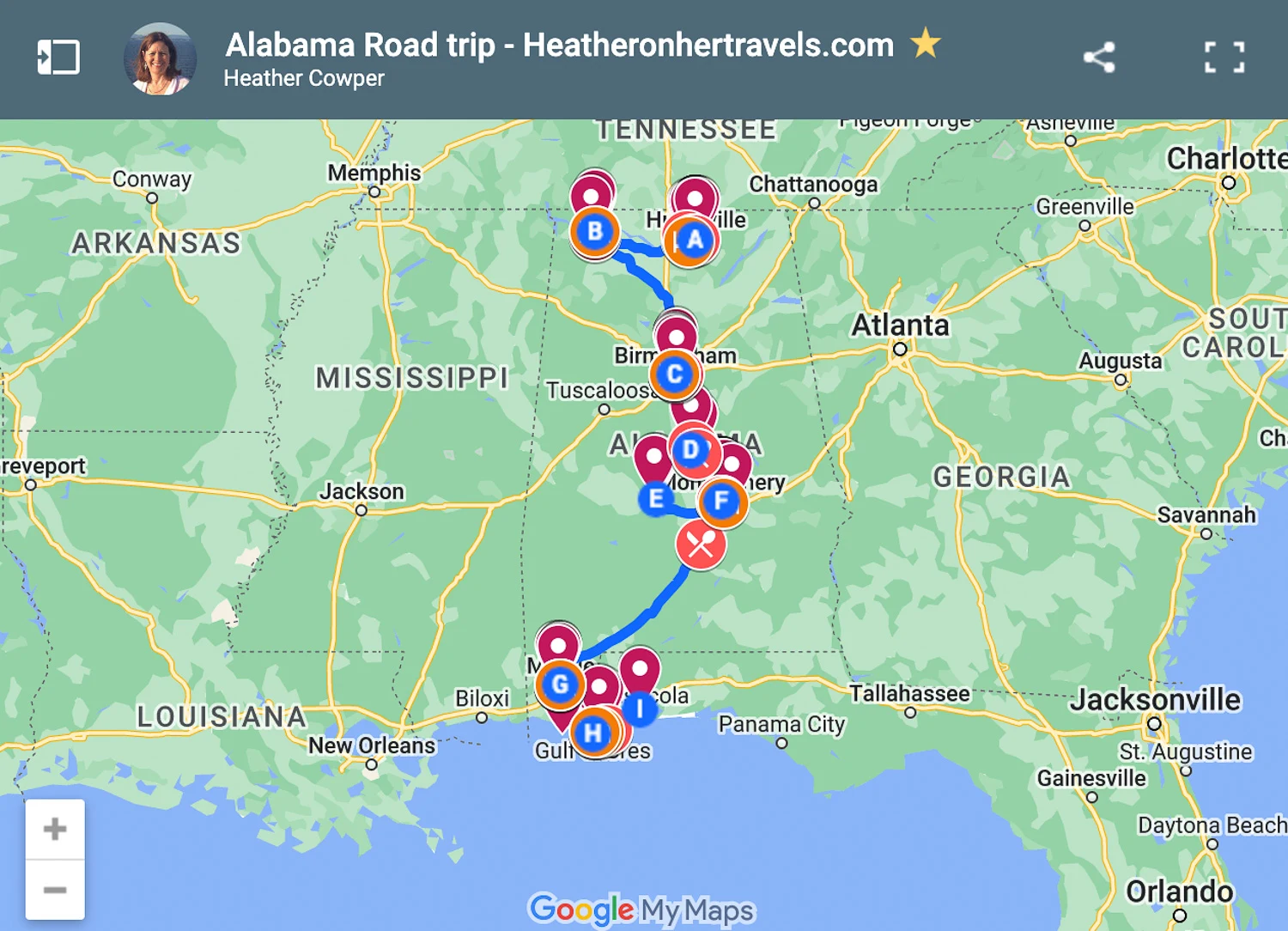

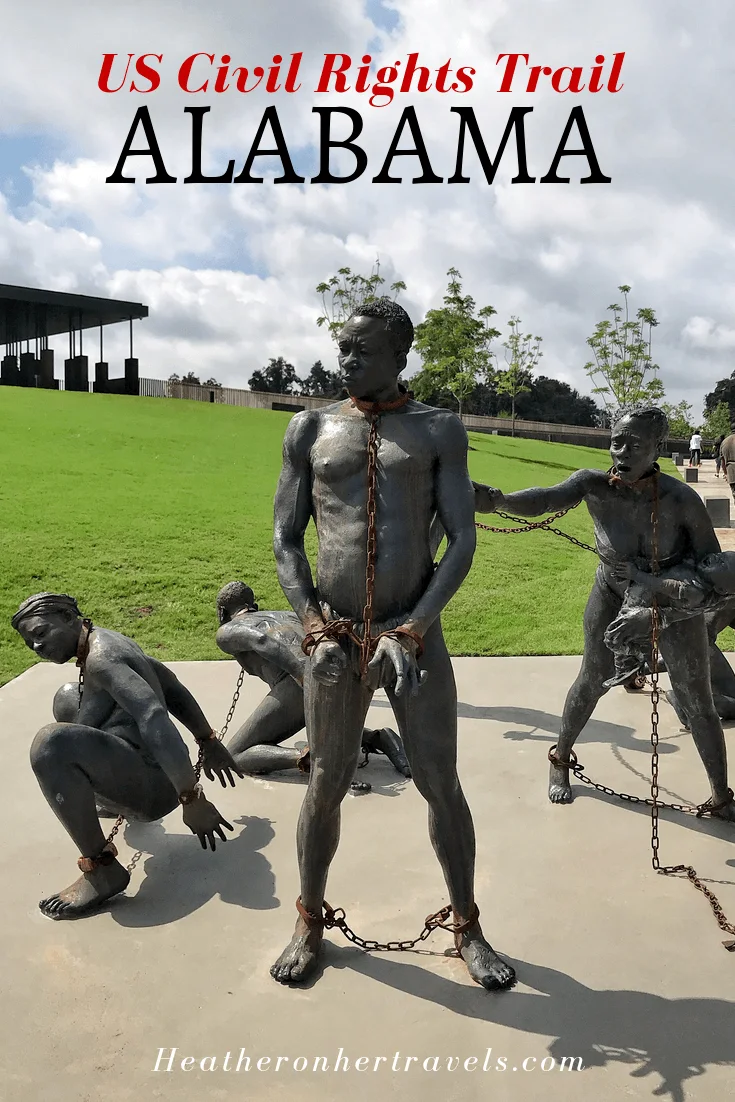

Holly
Thursday 16th of May 2024
I love right outside of Montgomery, Alabama. If you are going to have a rental car, I recommend not staying in Montgomery because the crime rate is so high. Stay in Prattville instead—it is probably a 20 to 30 minute drive to downtown Montgomery in morning traffic (if you drive slow and the speed limit).
Heather Cowper
Saturday 1st of June 2024
@Holly Thanks for the tip!
Angela
Monday 11th of November 2019
A moving and detailed post. I have learnt a lot through reading it.
Heather Cowper
Monday 11th of November 2019
@Angela Thanks! so pleased you enjoyed it